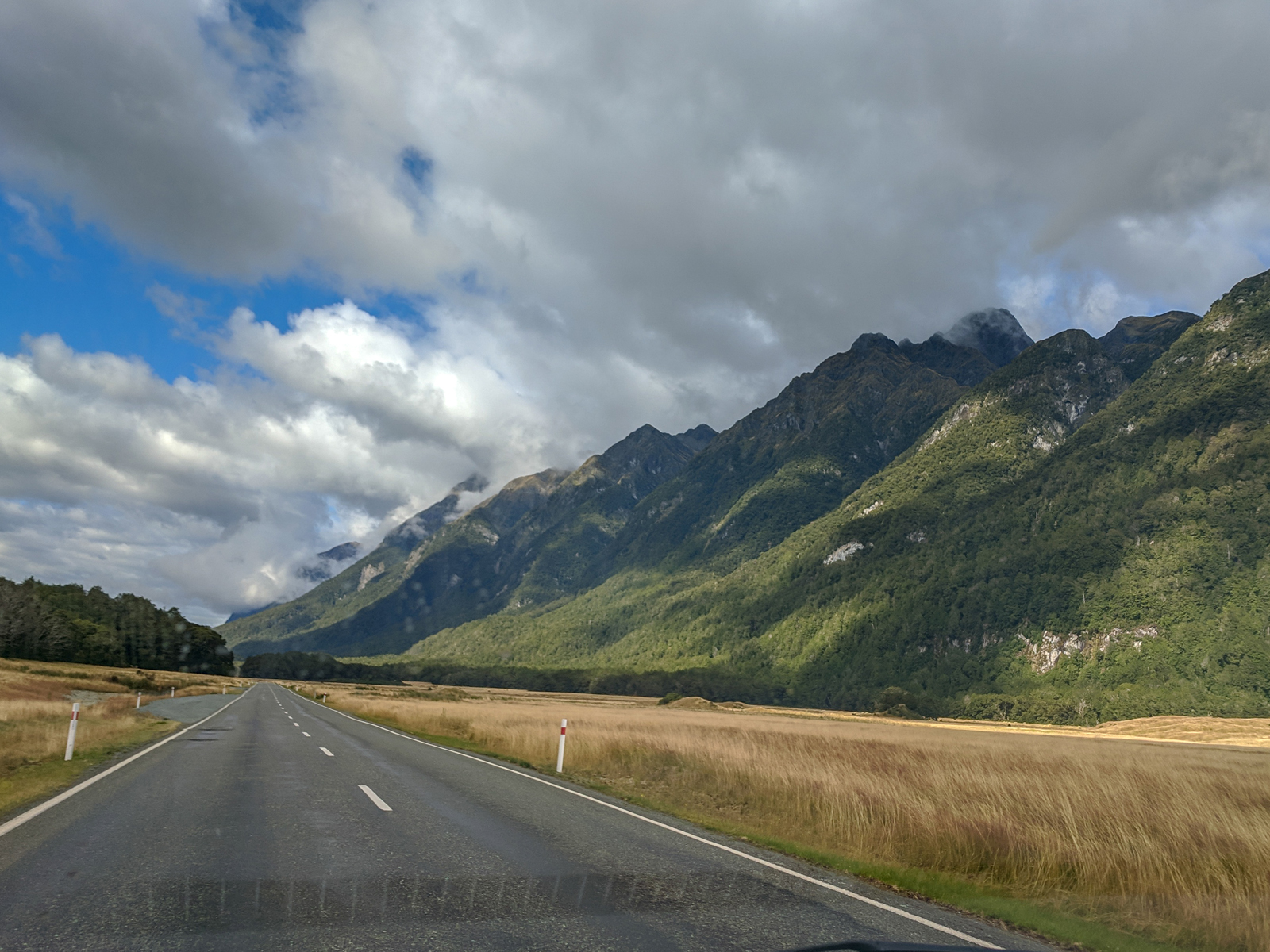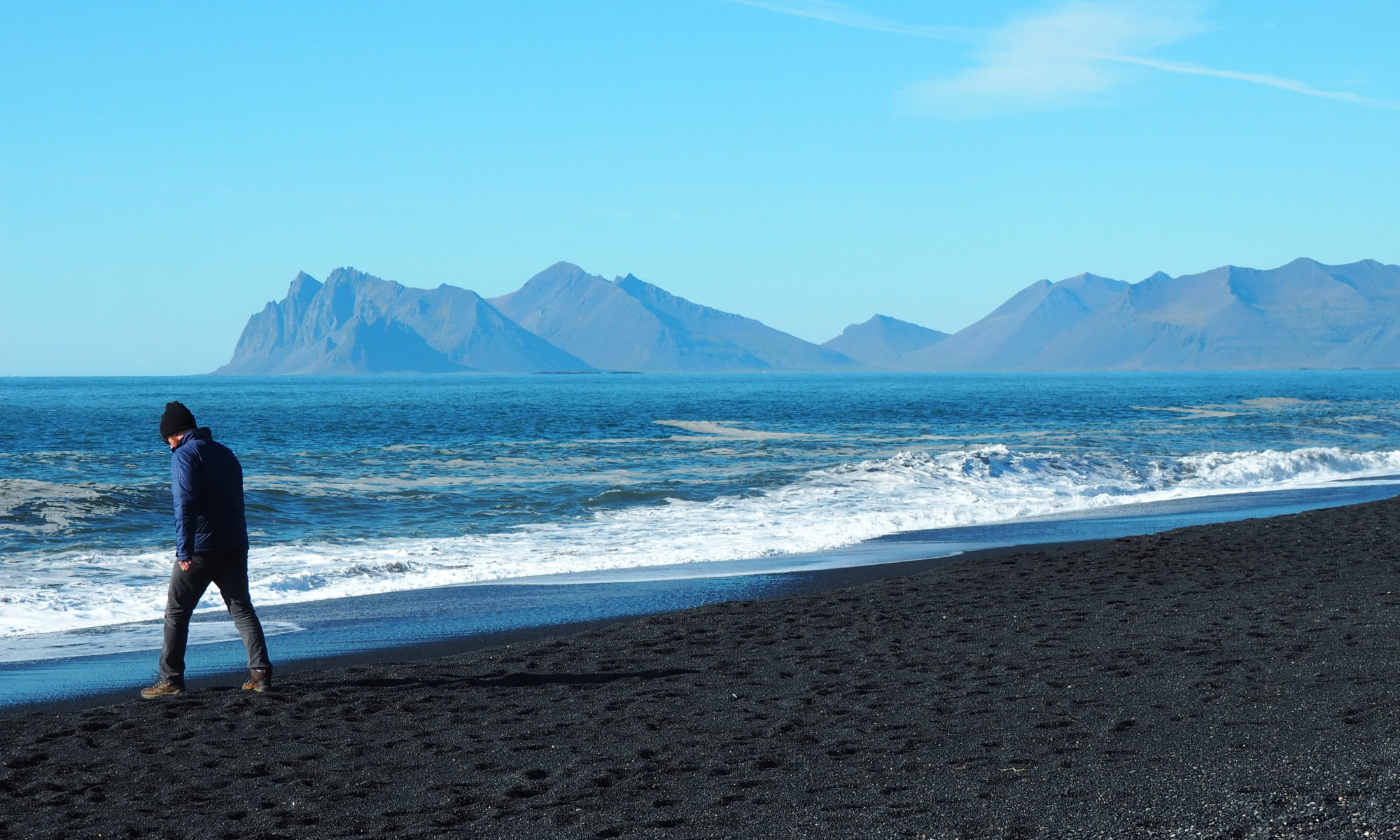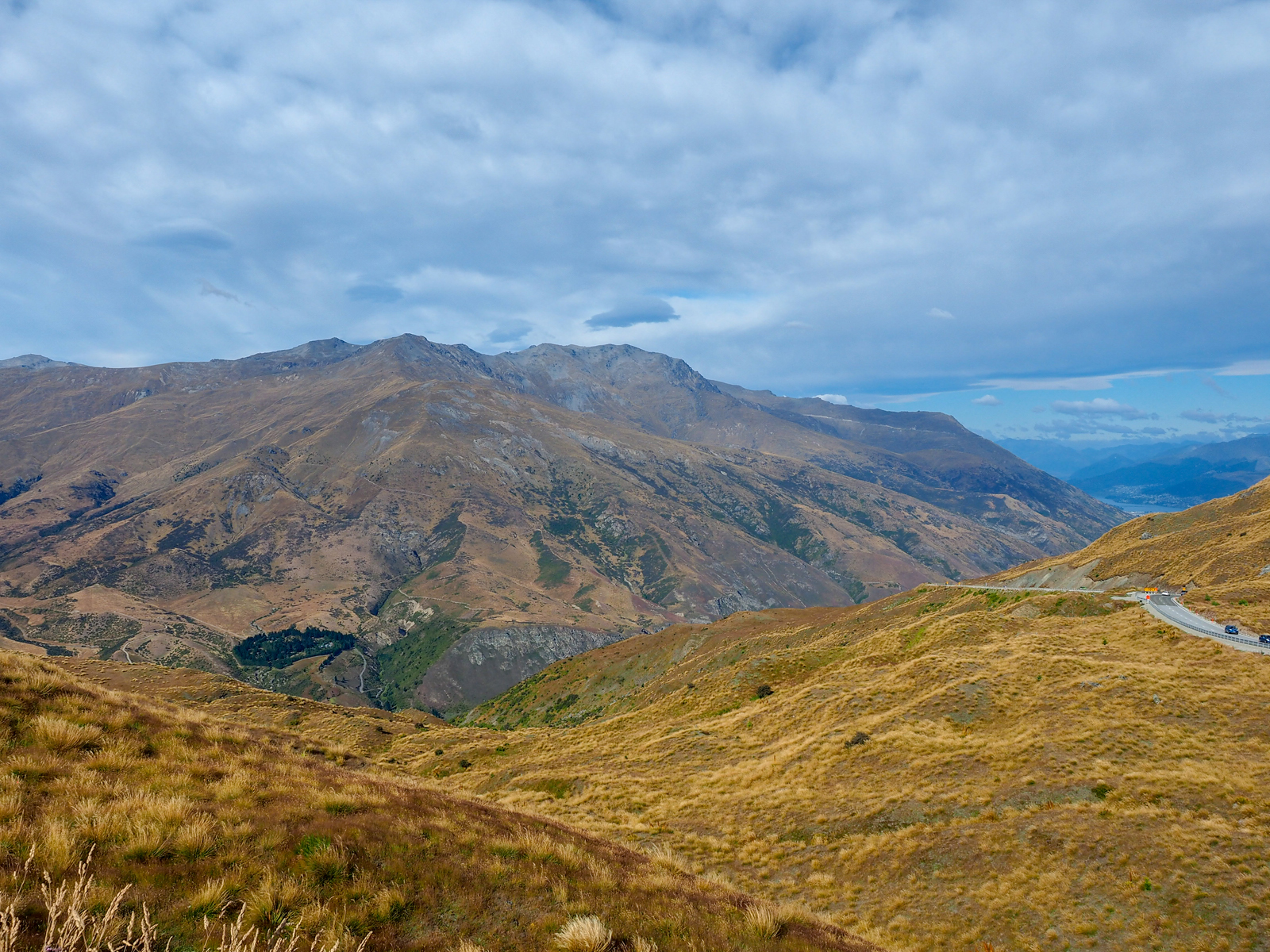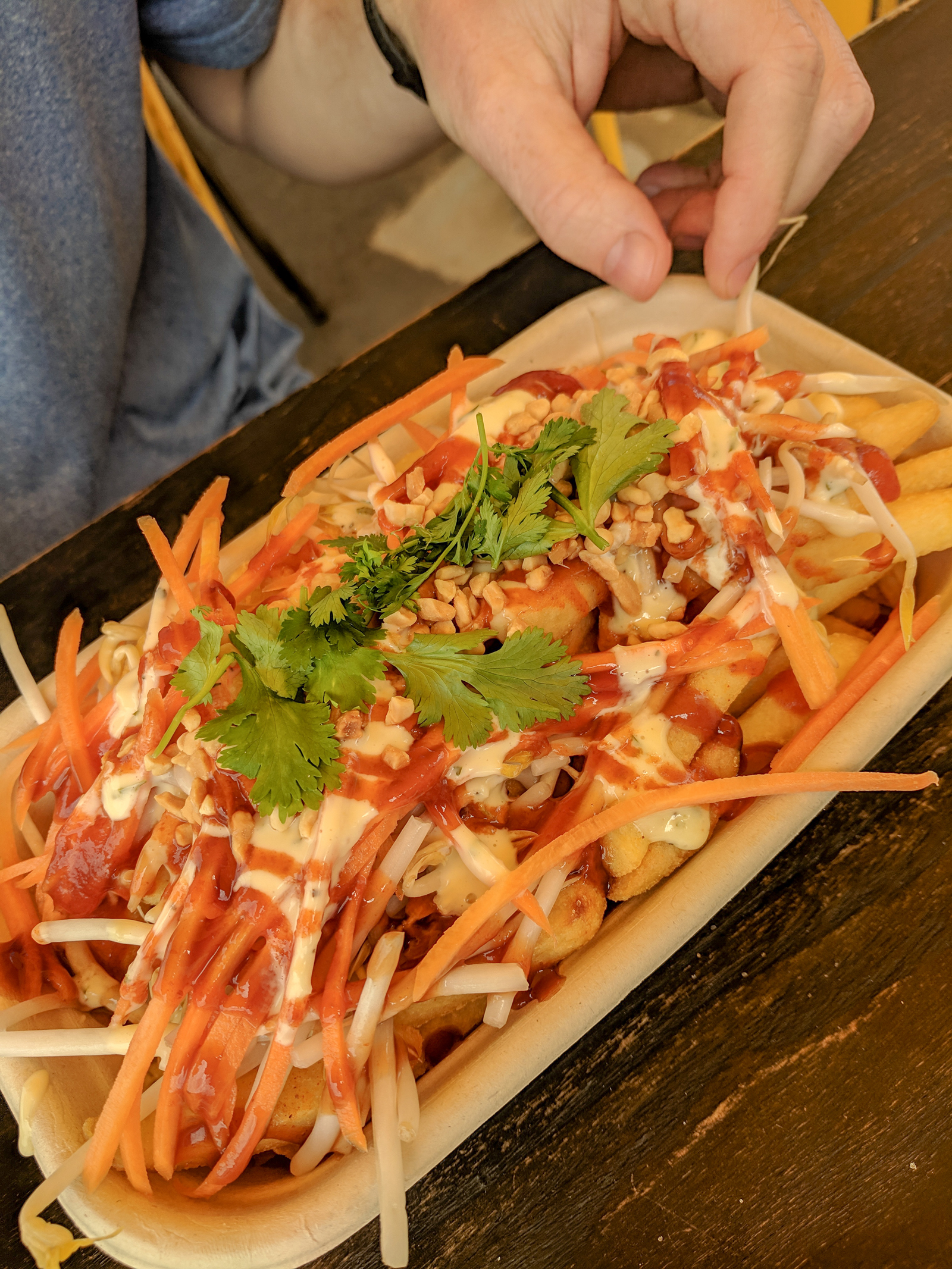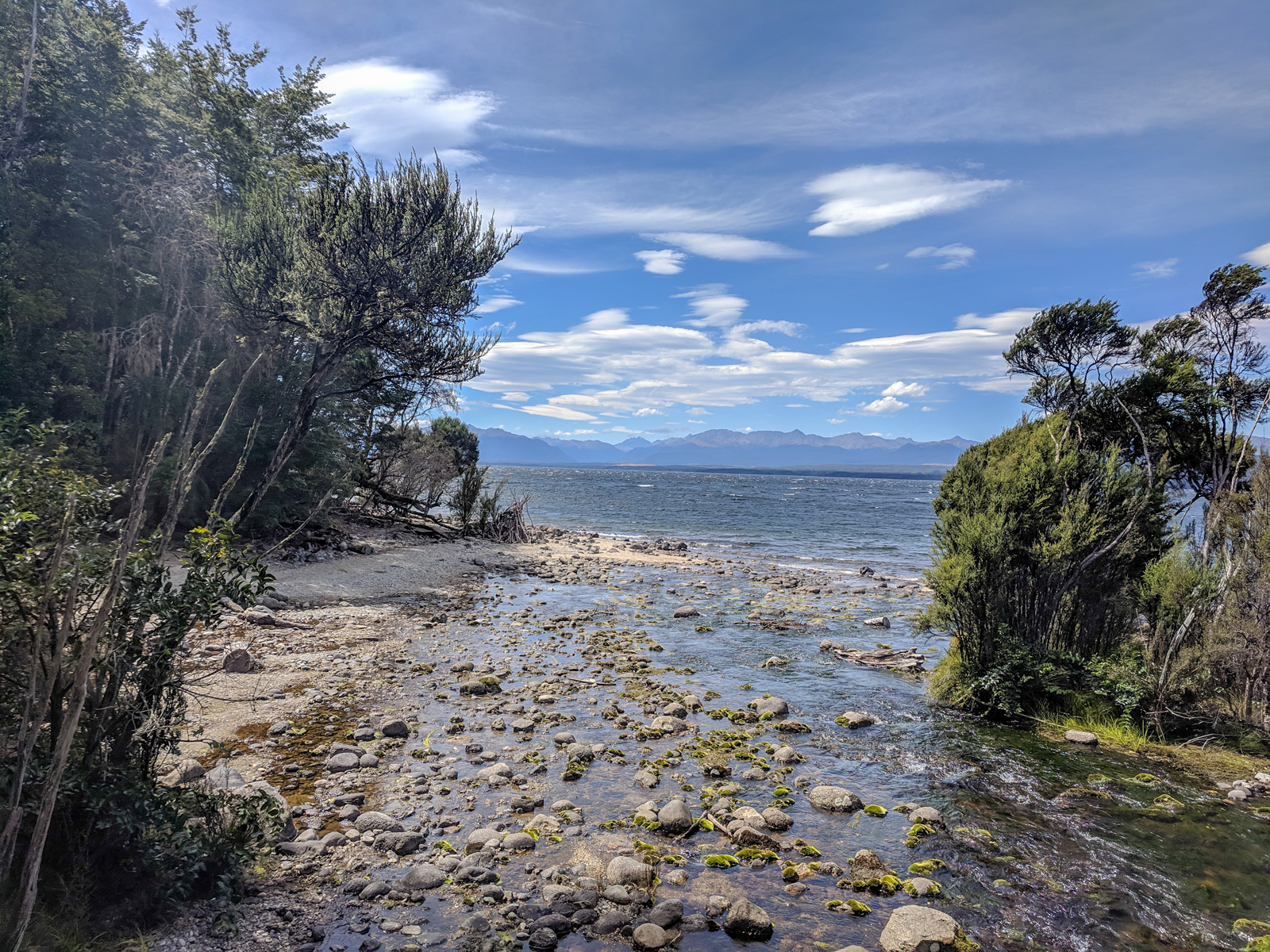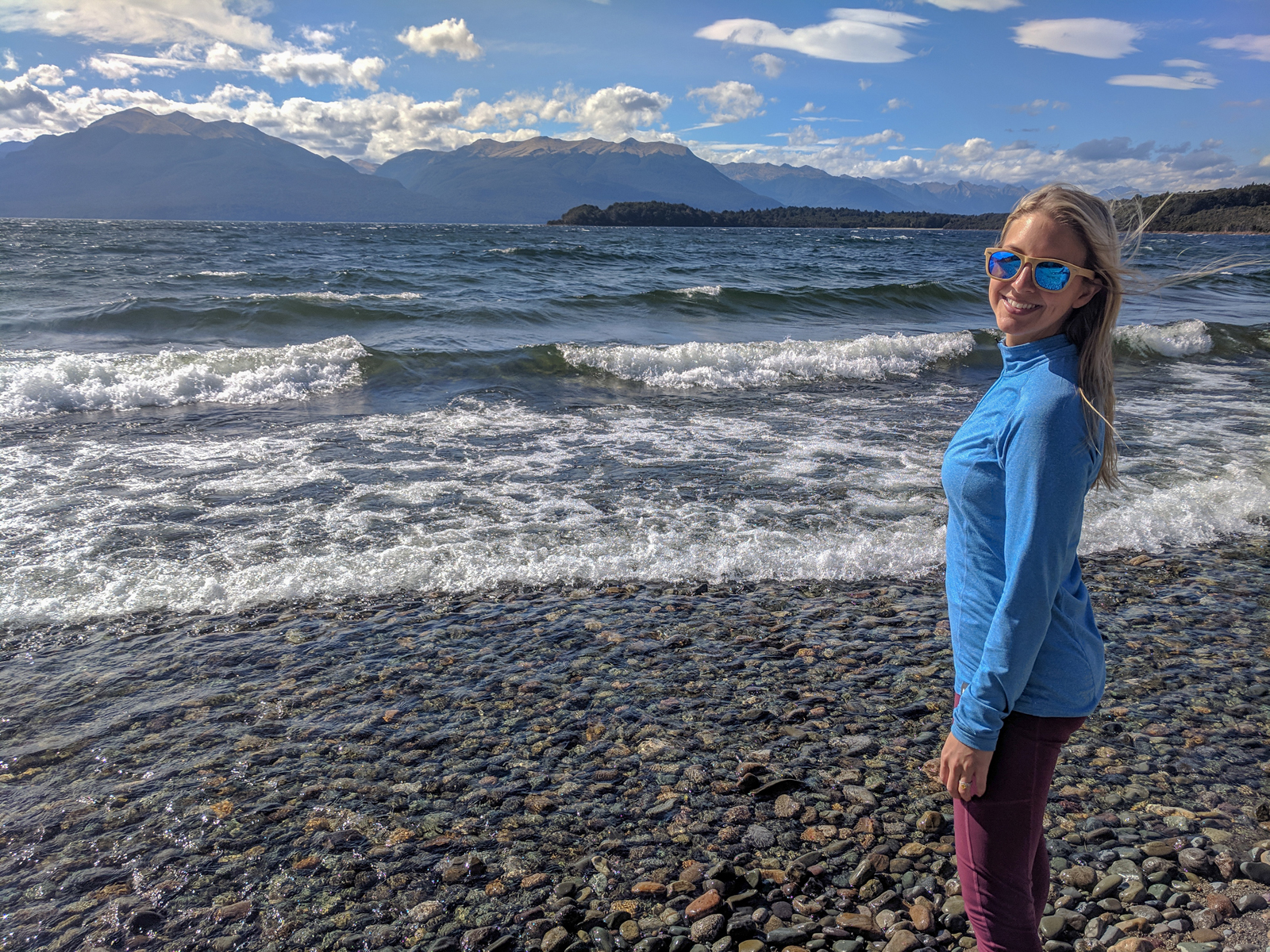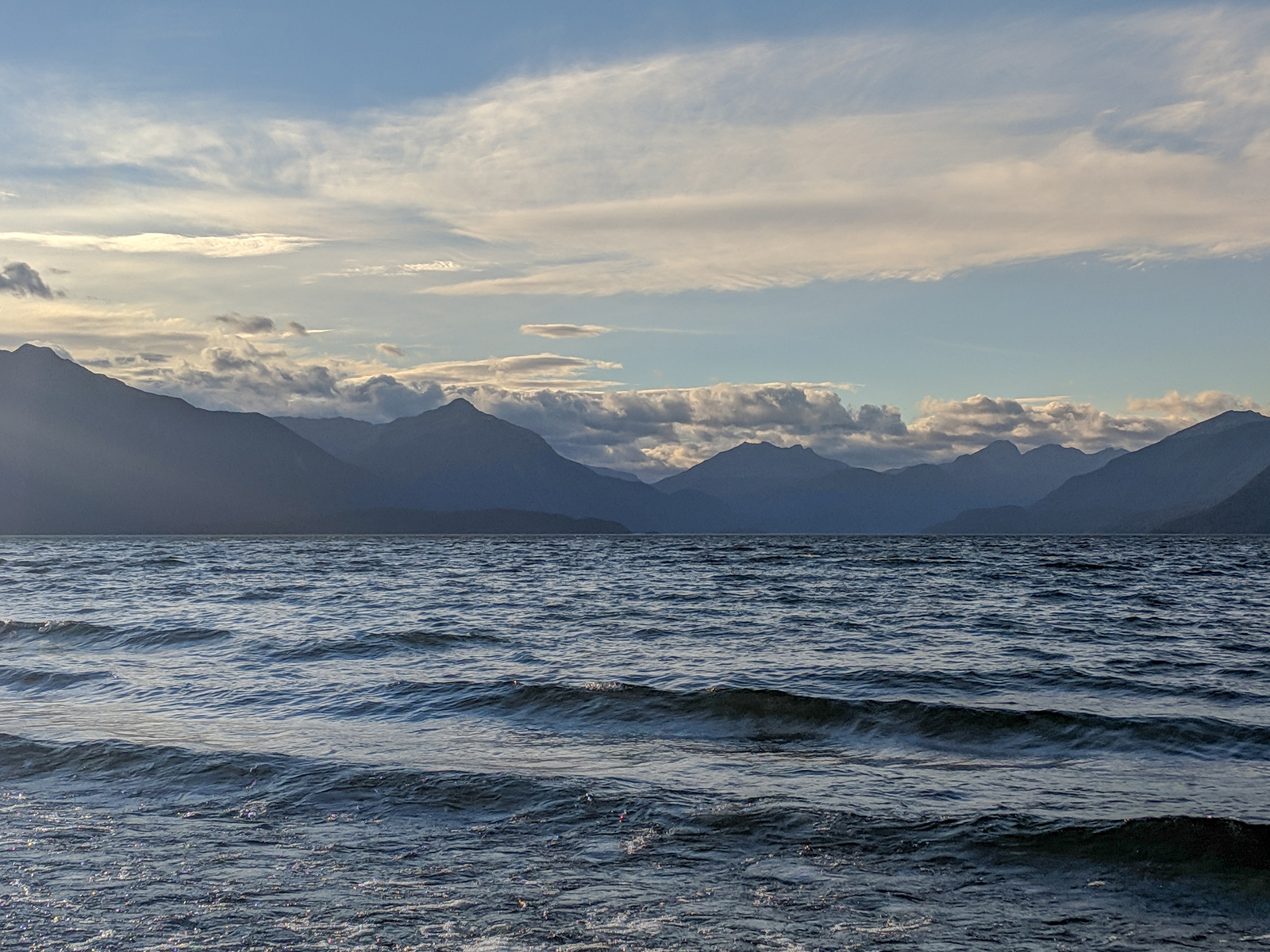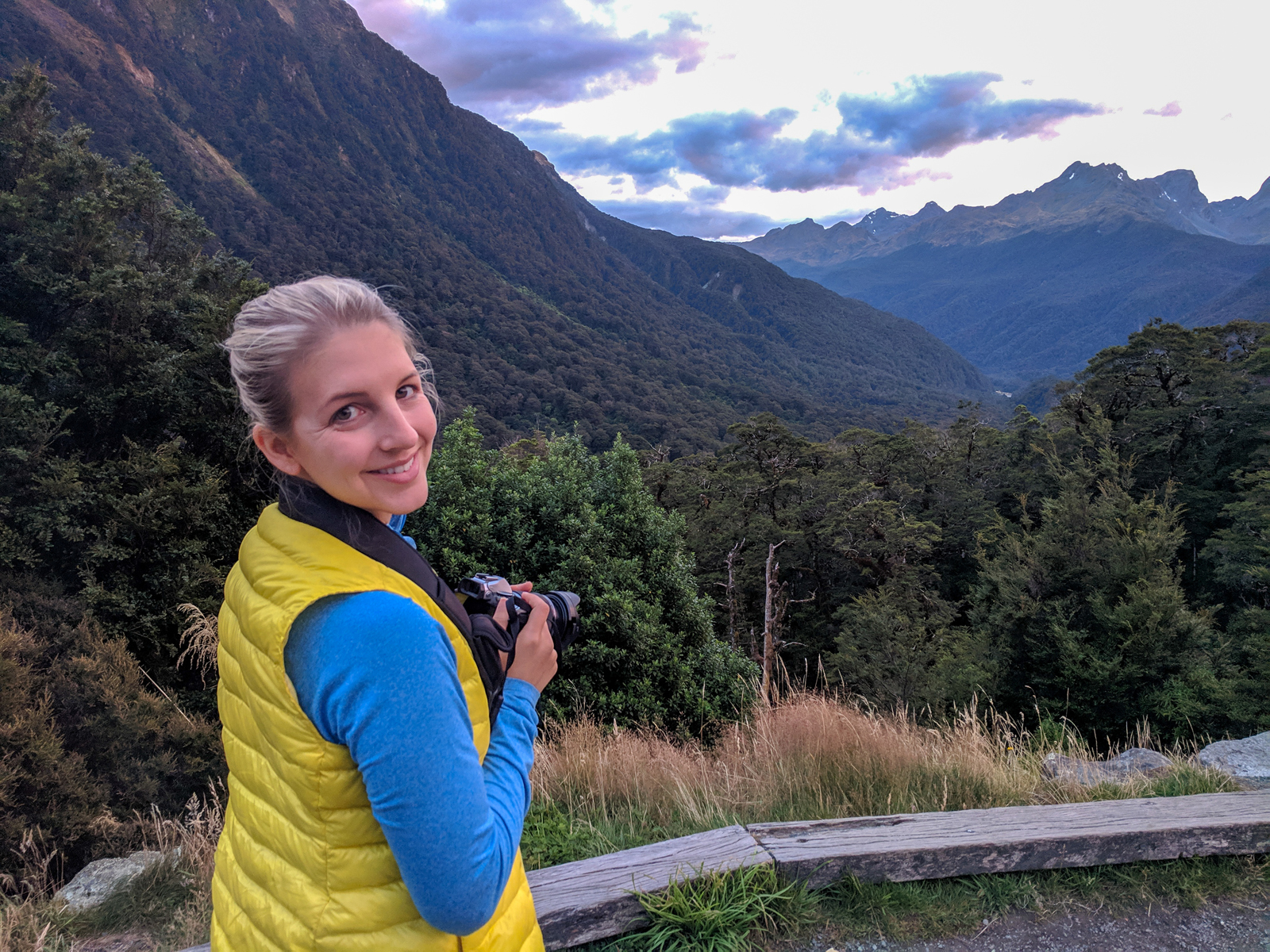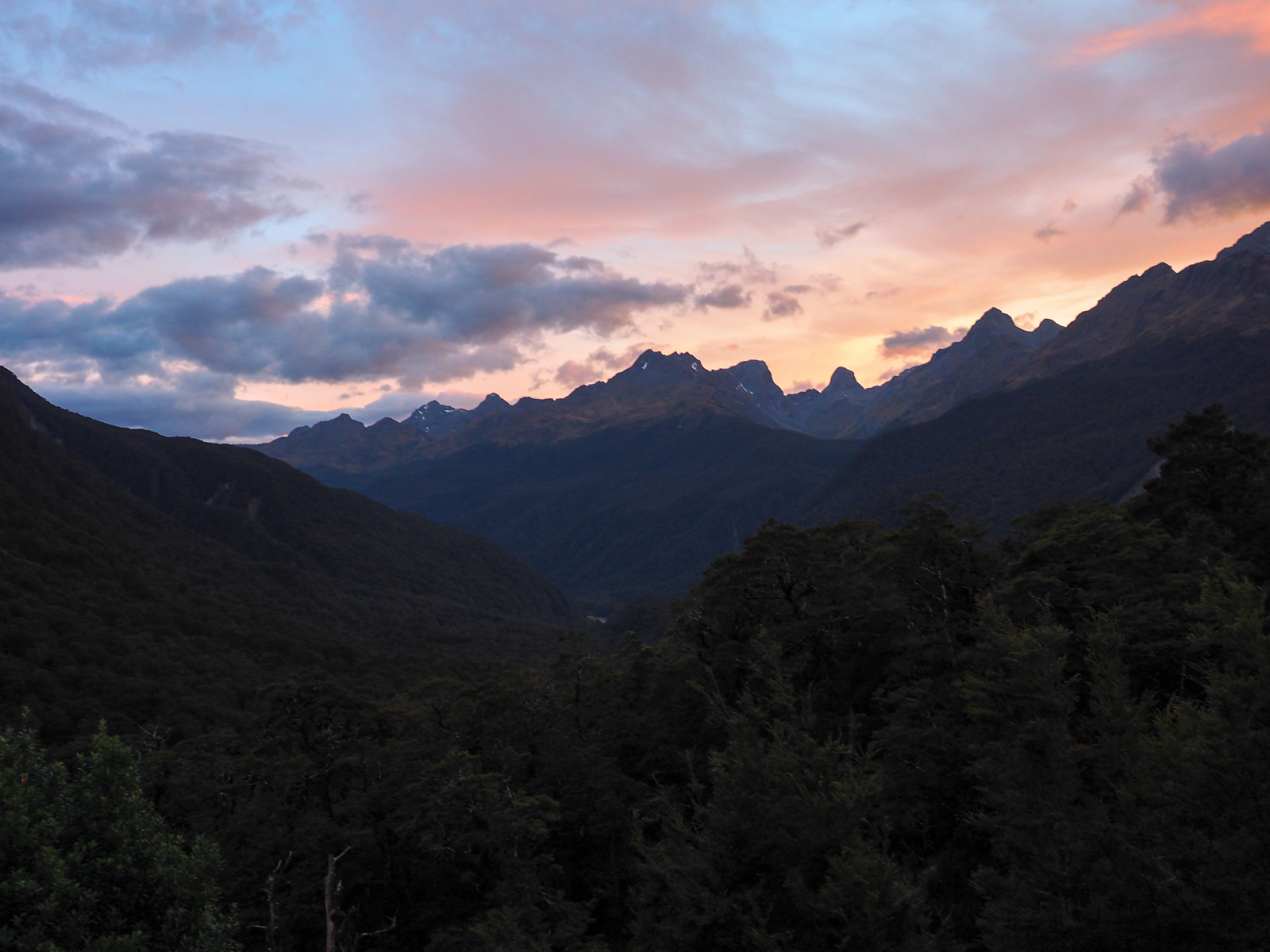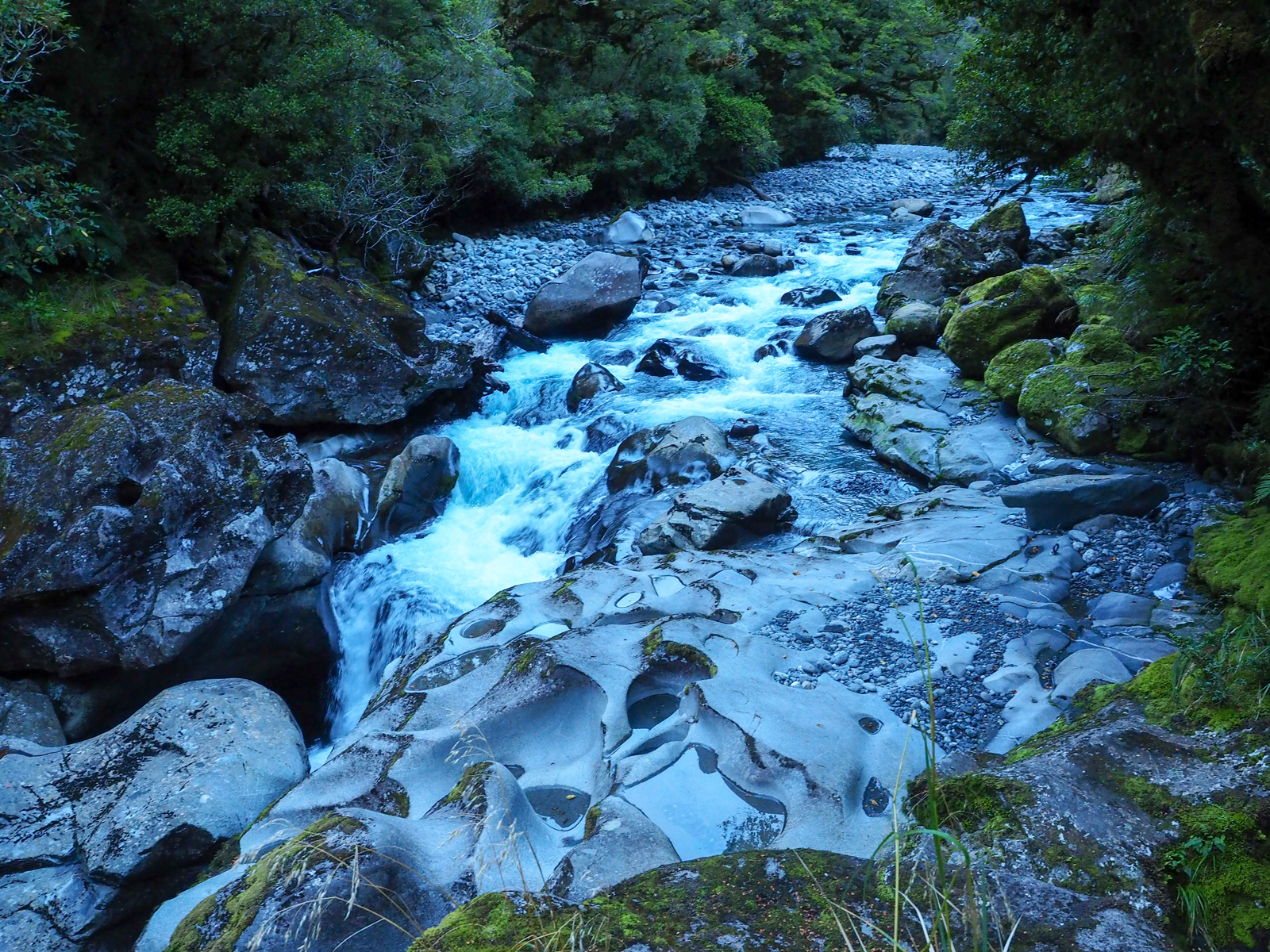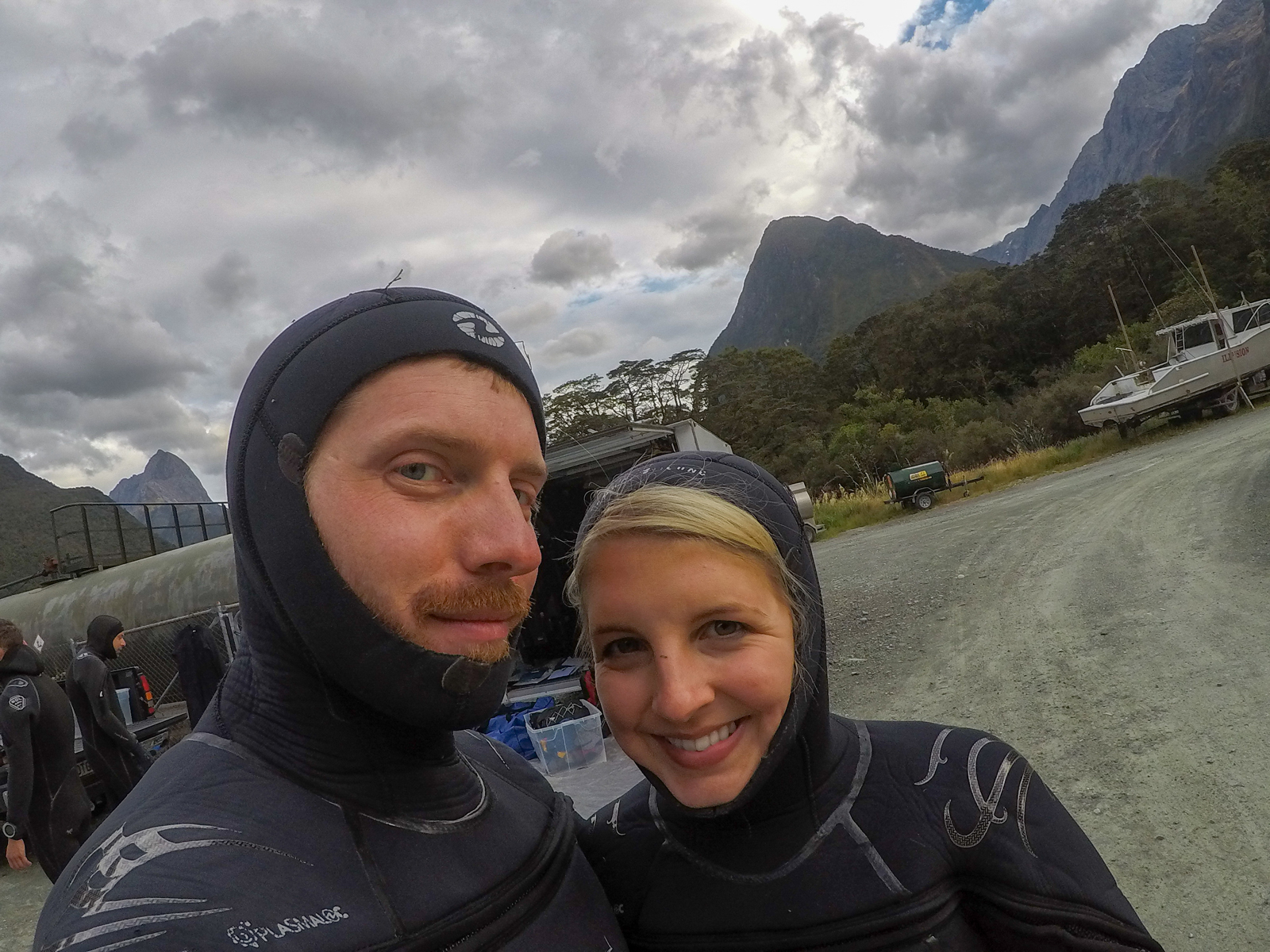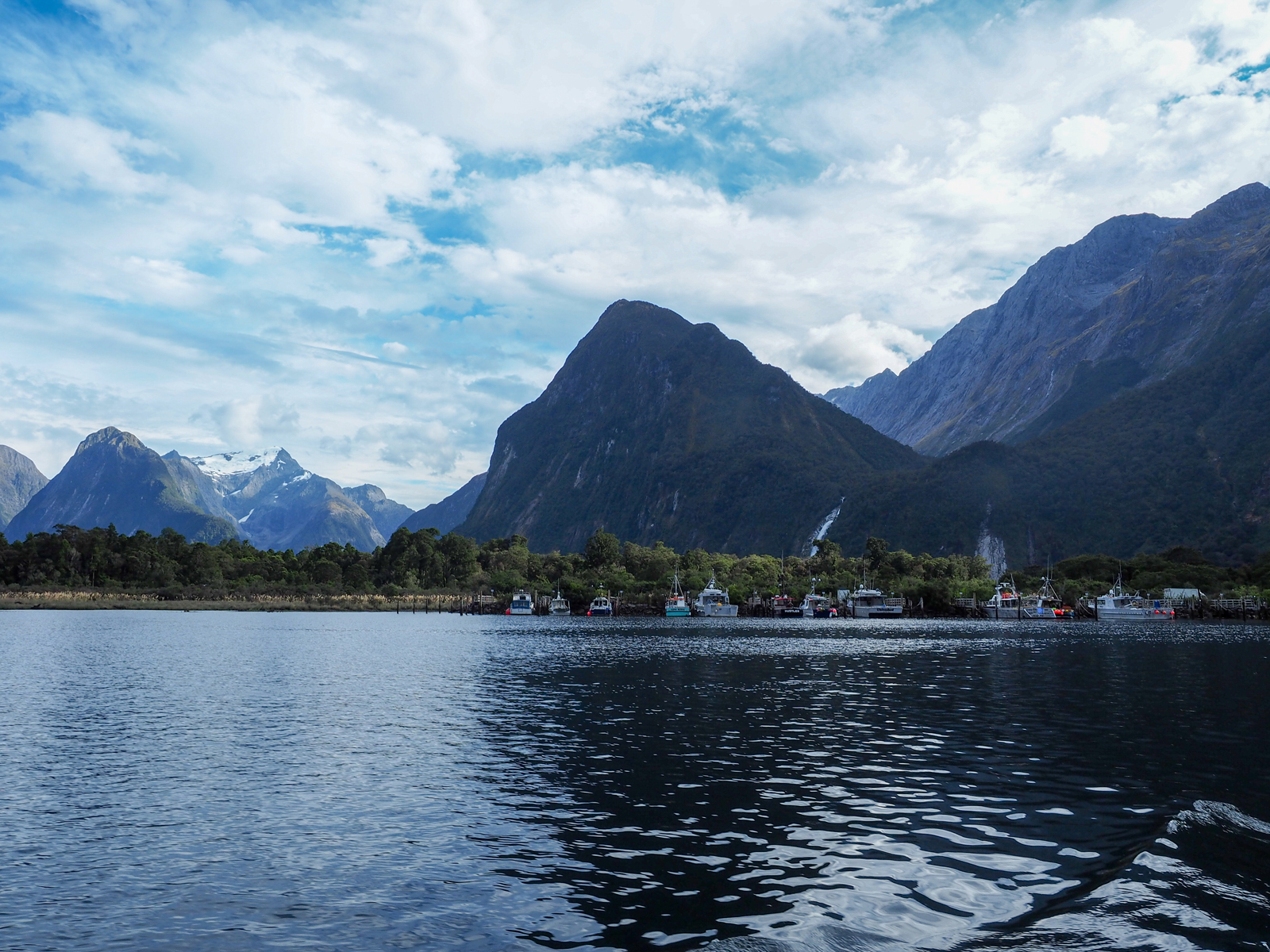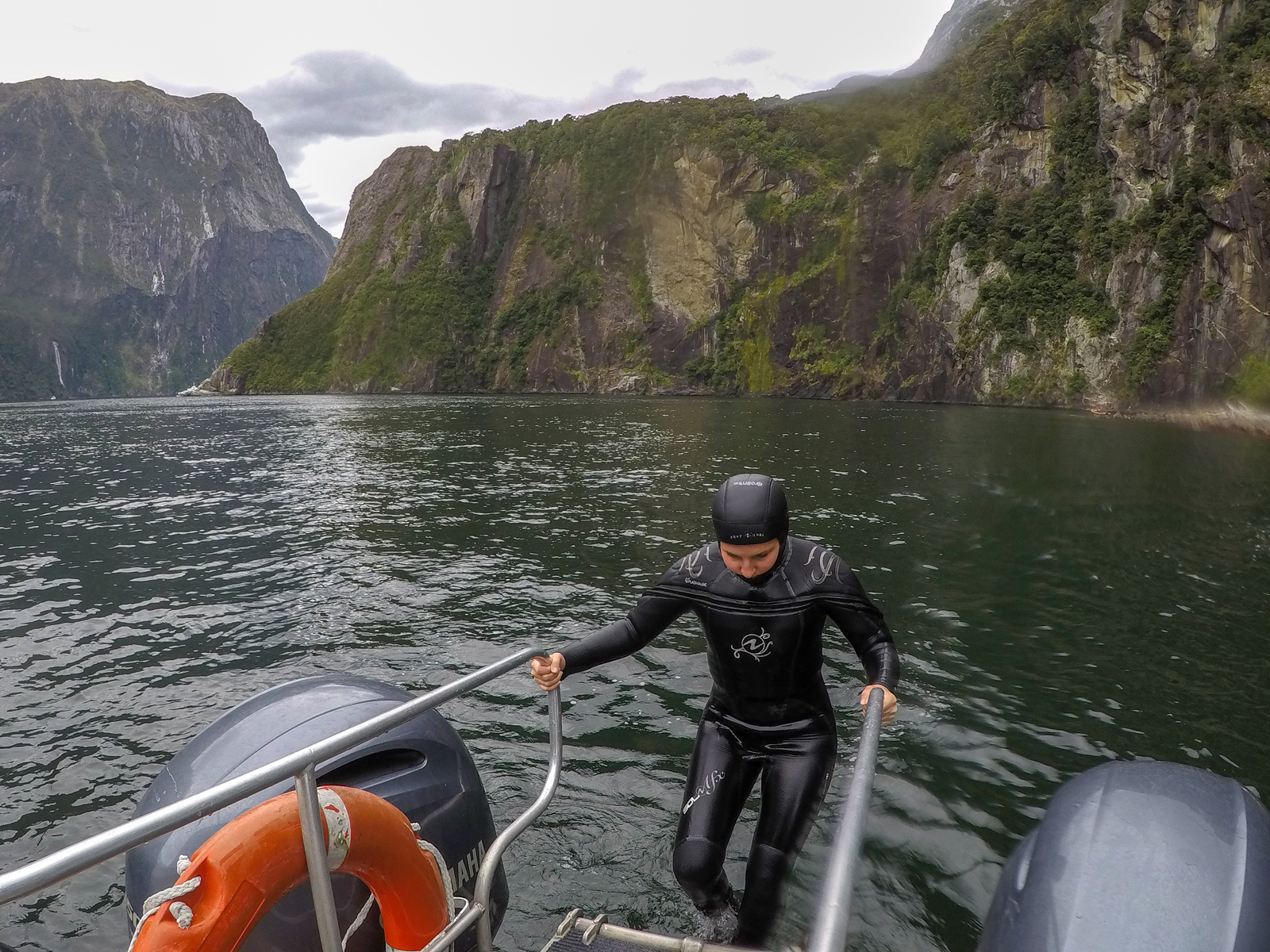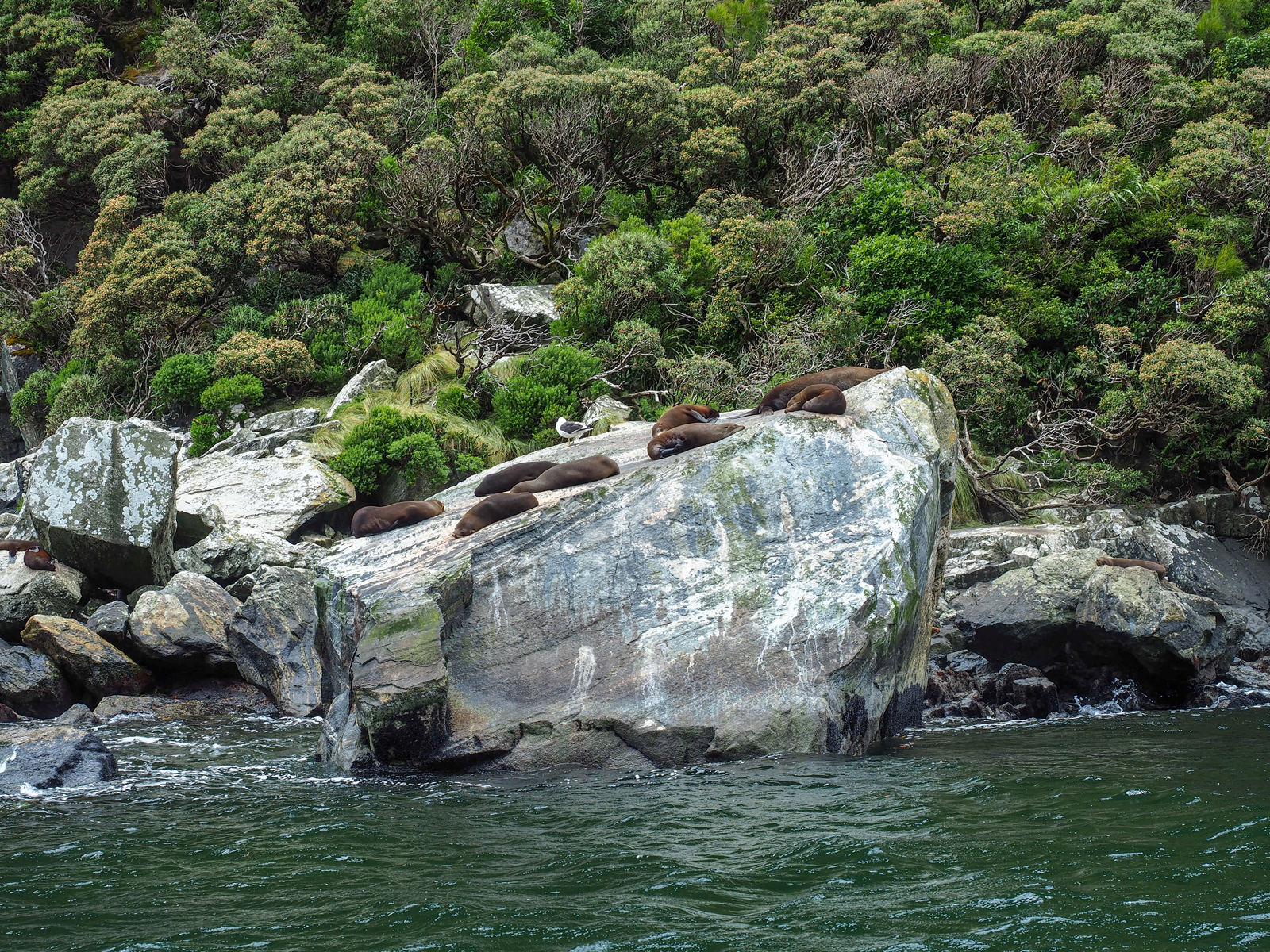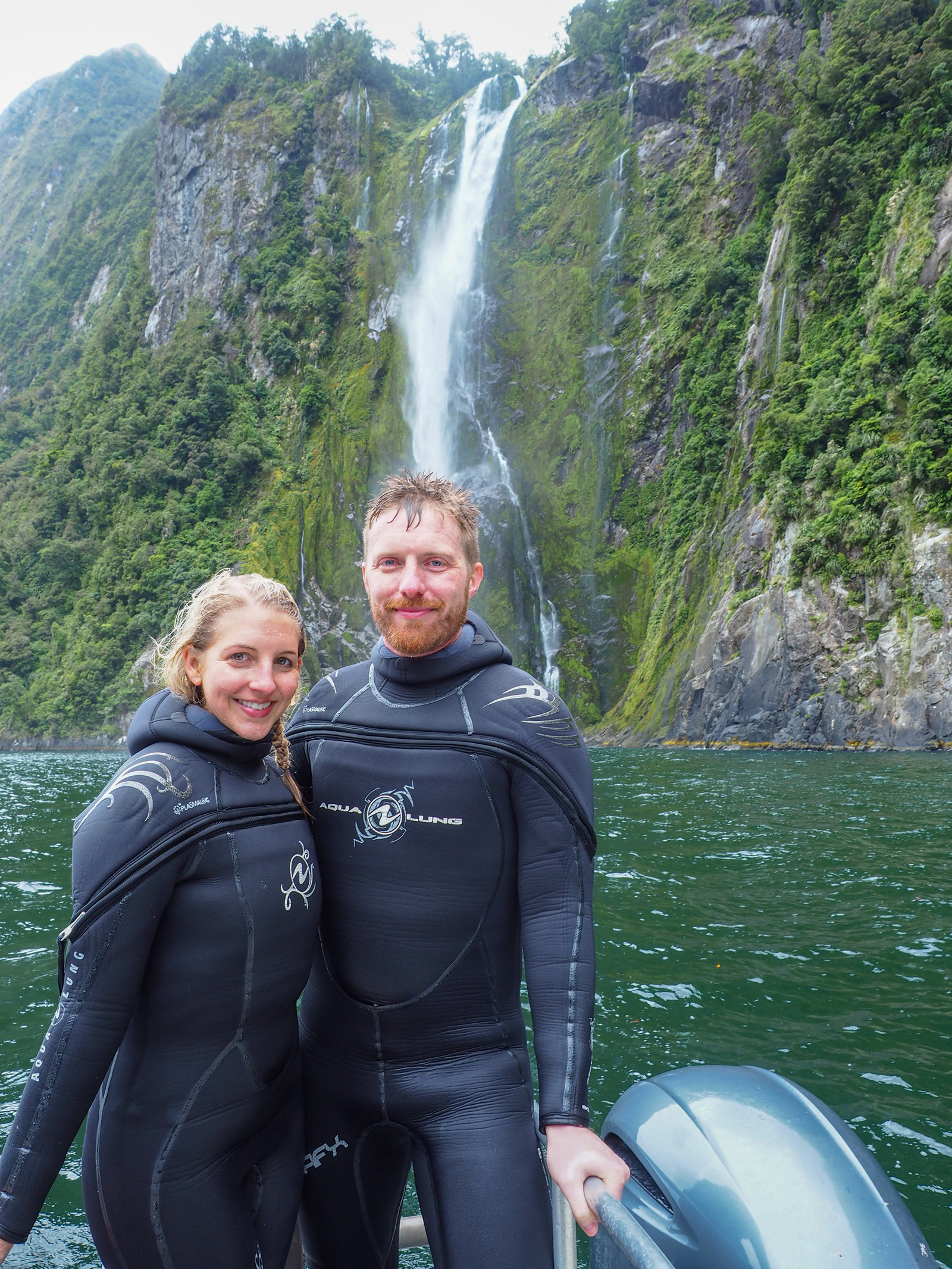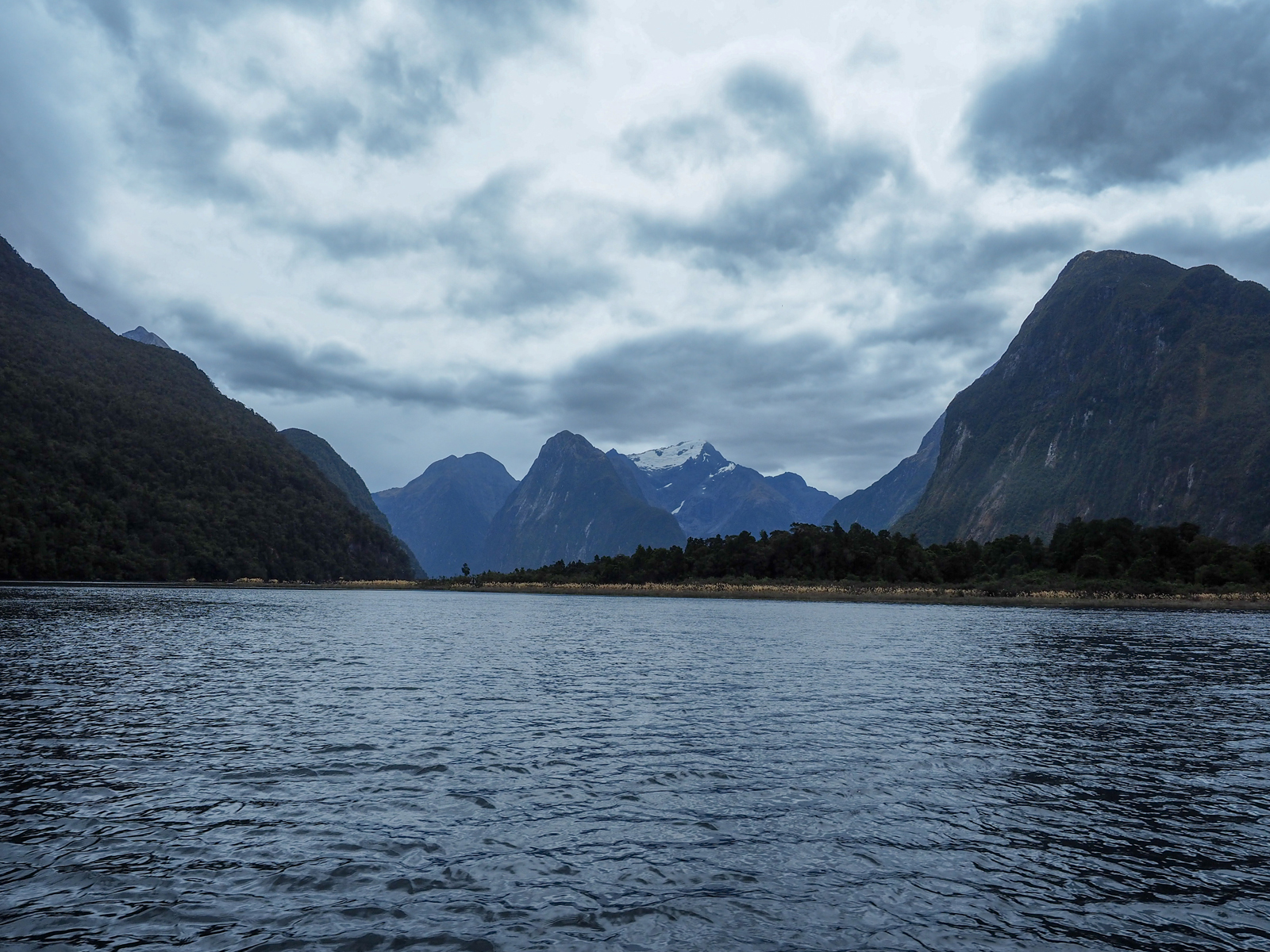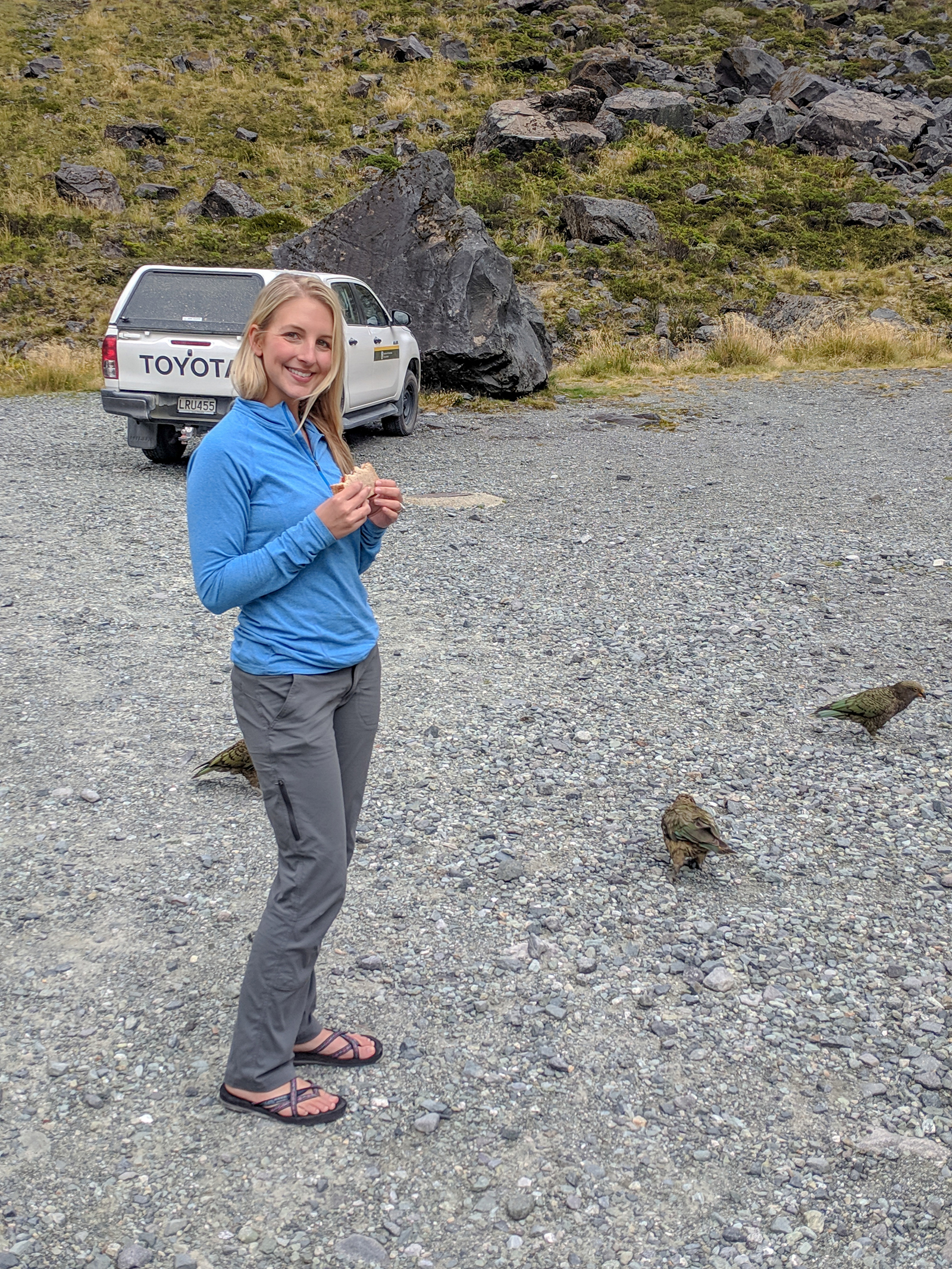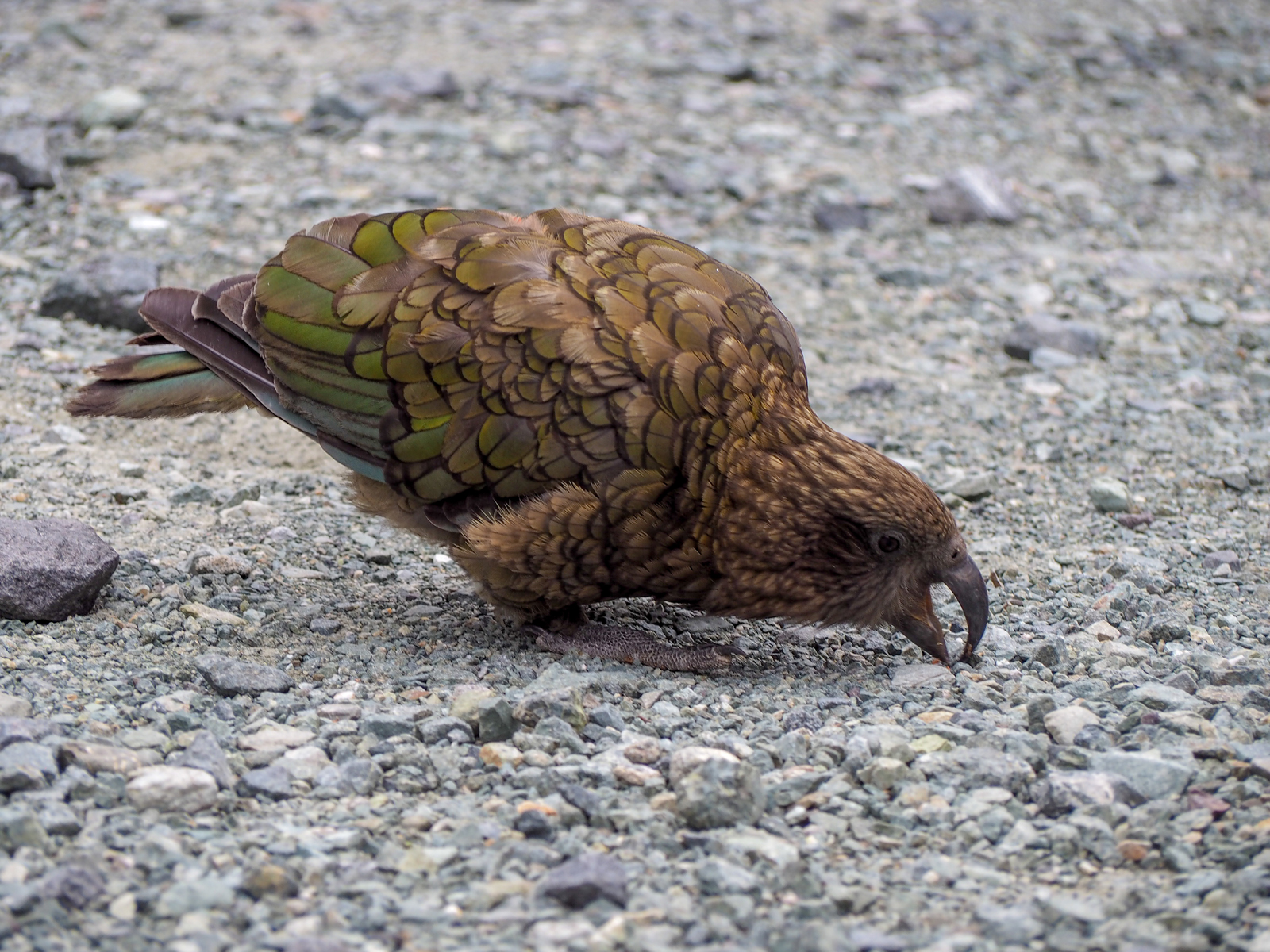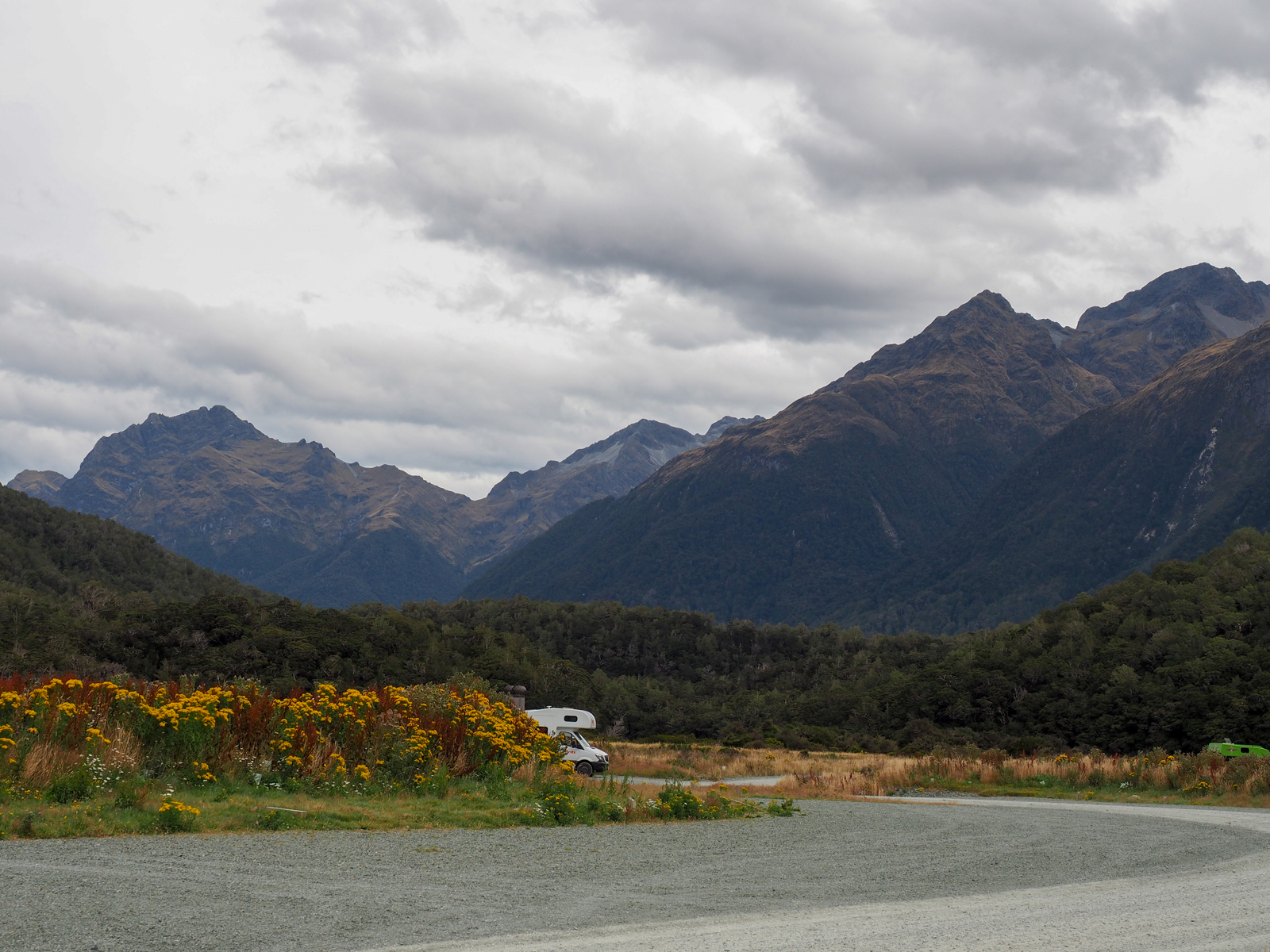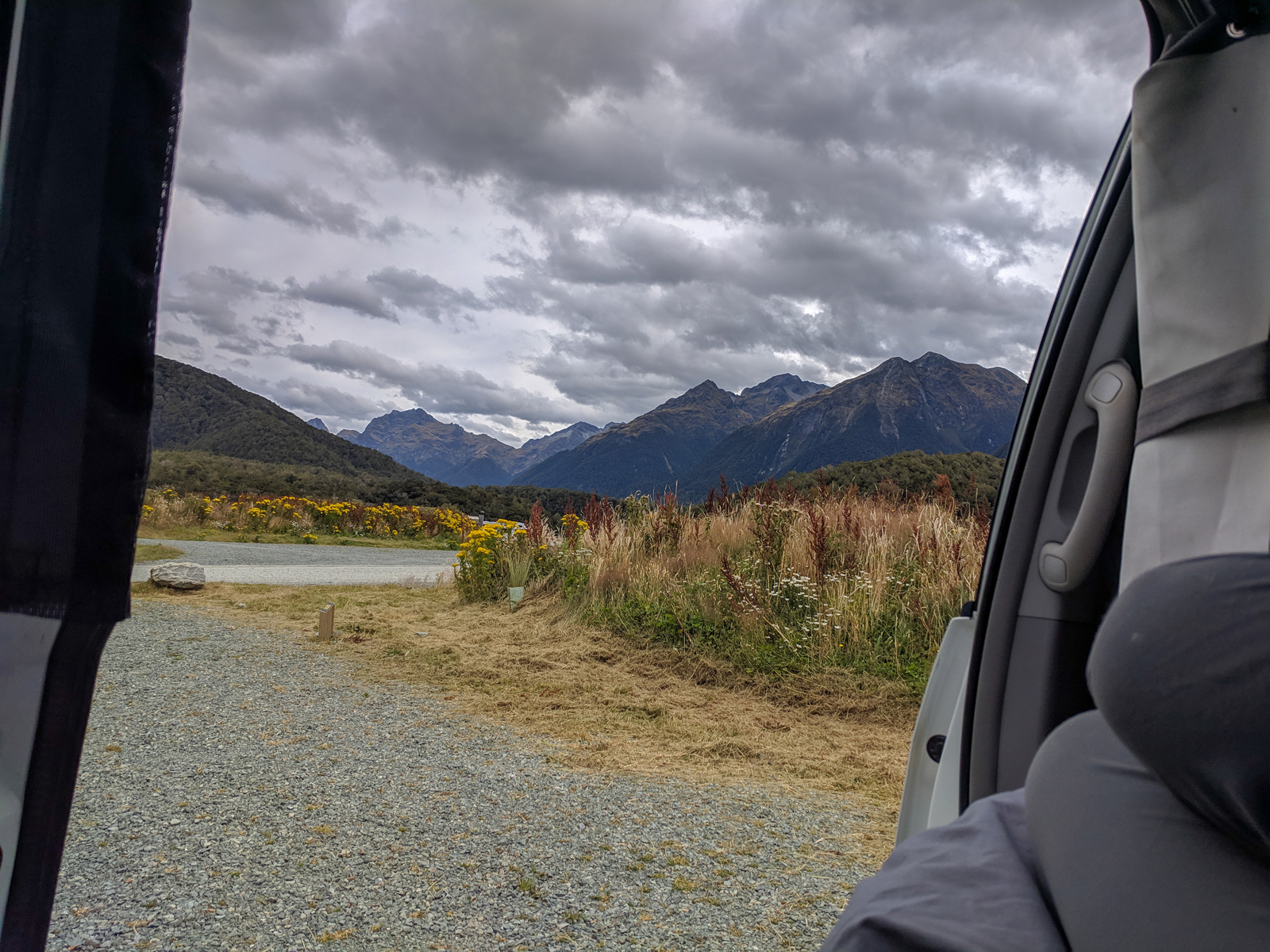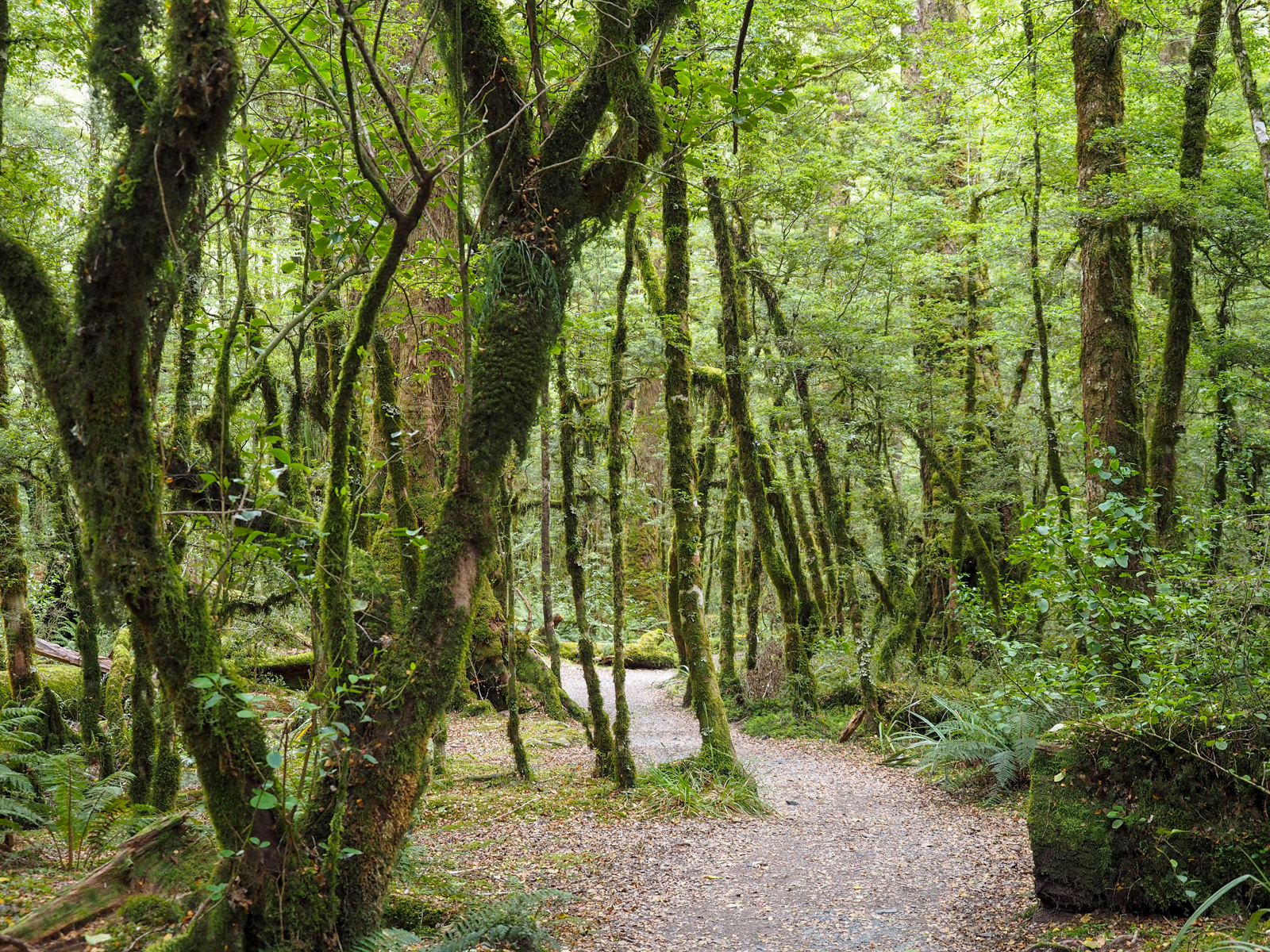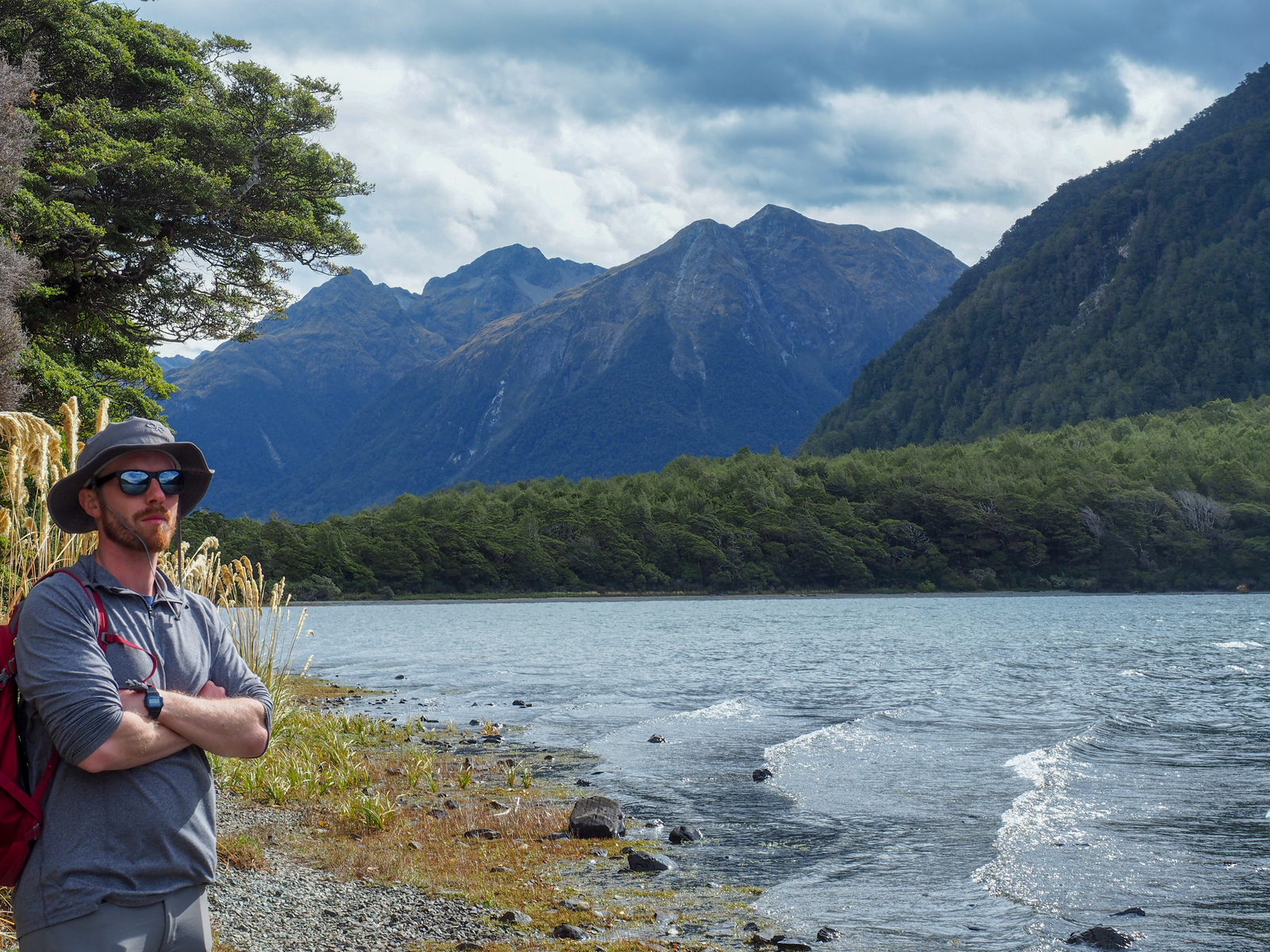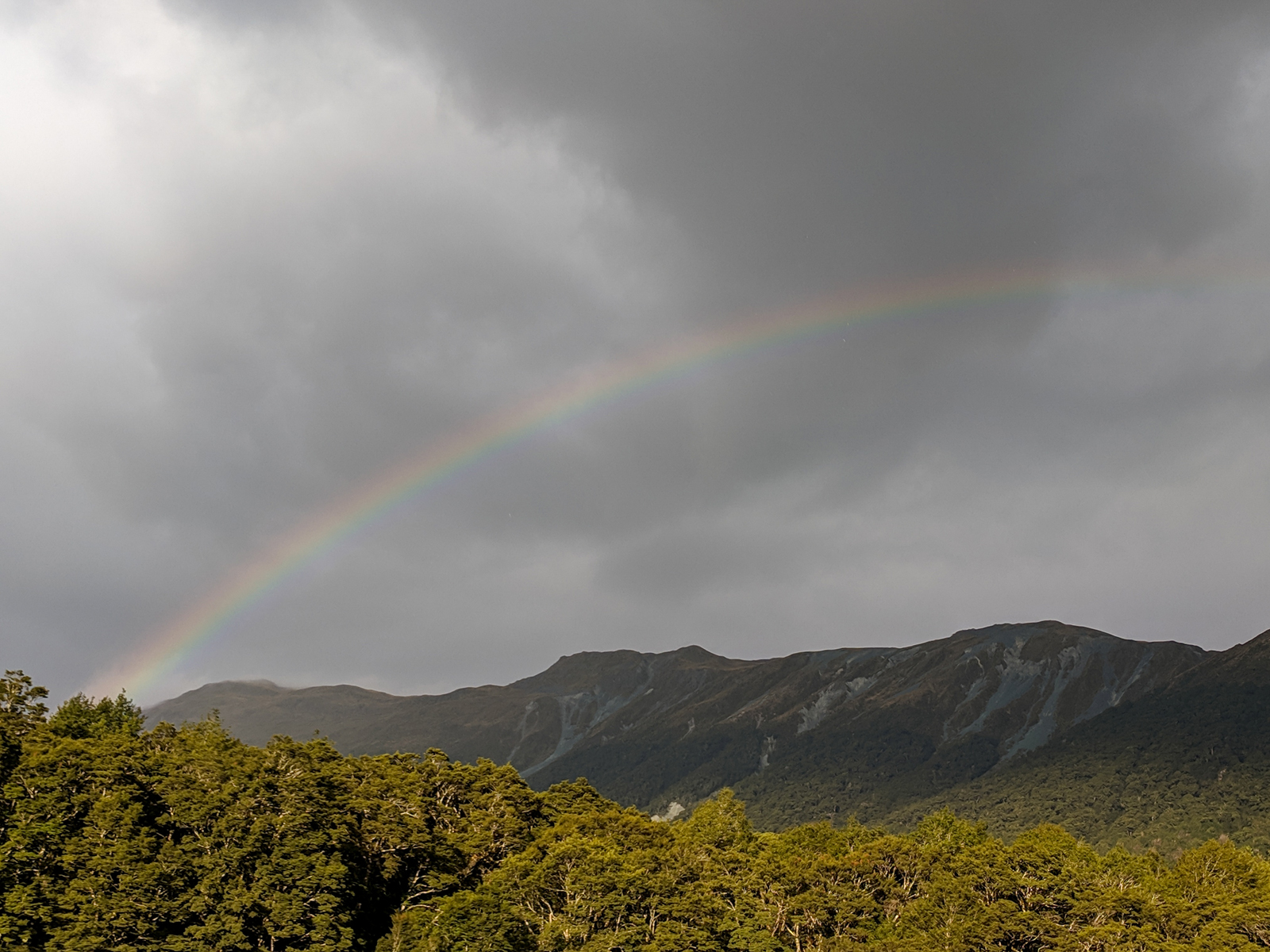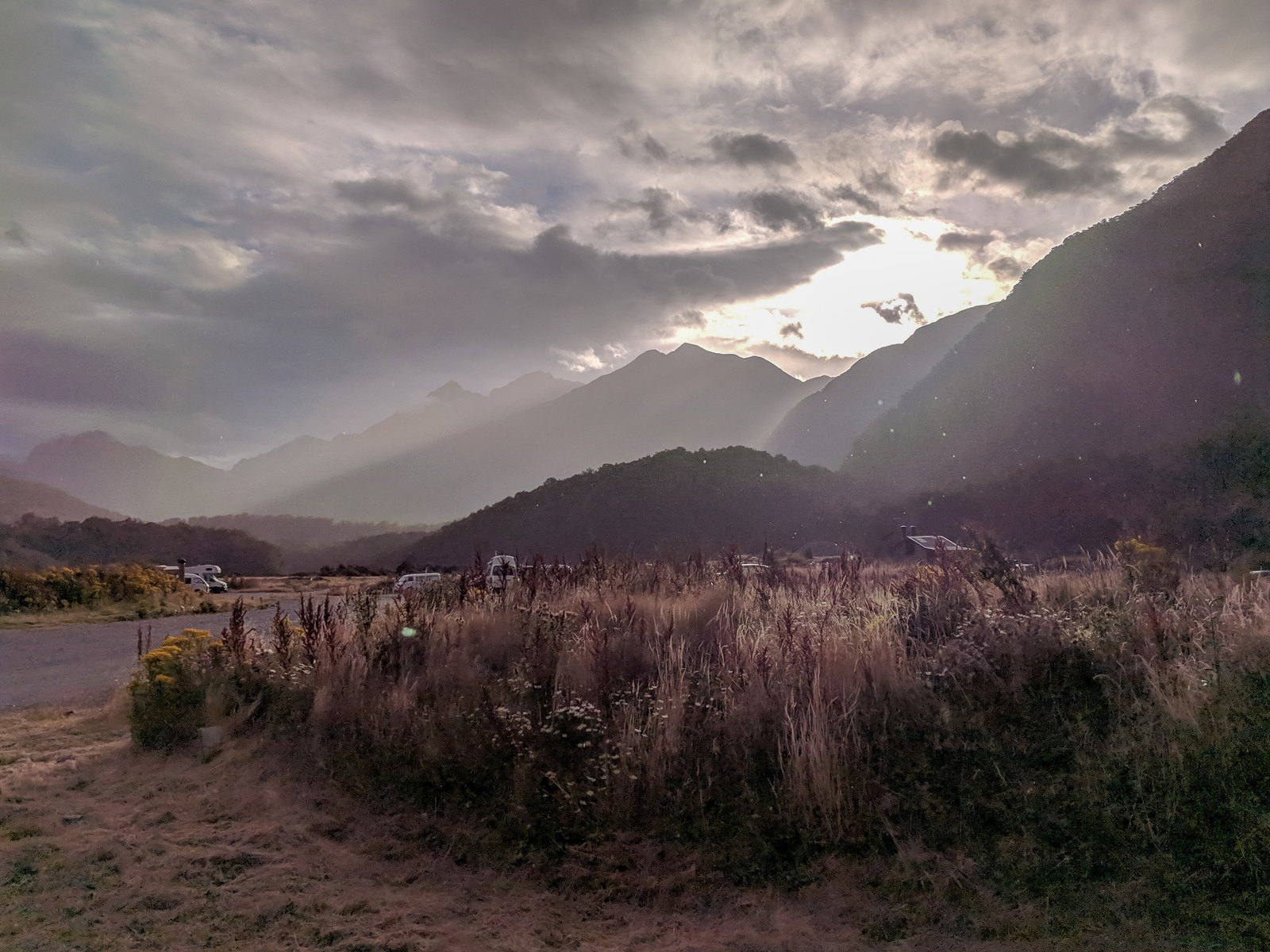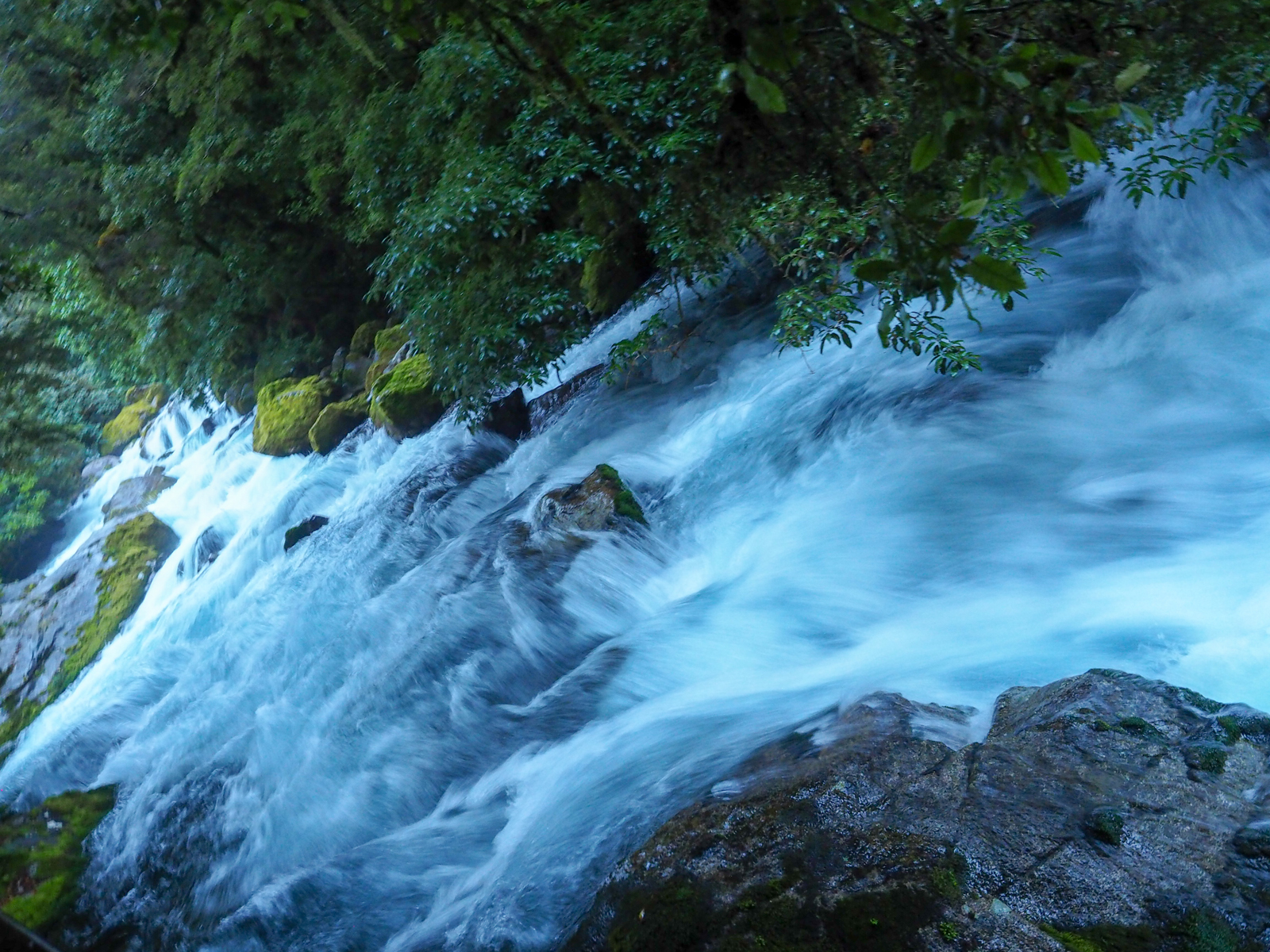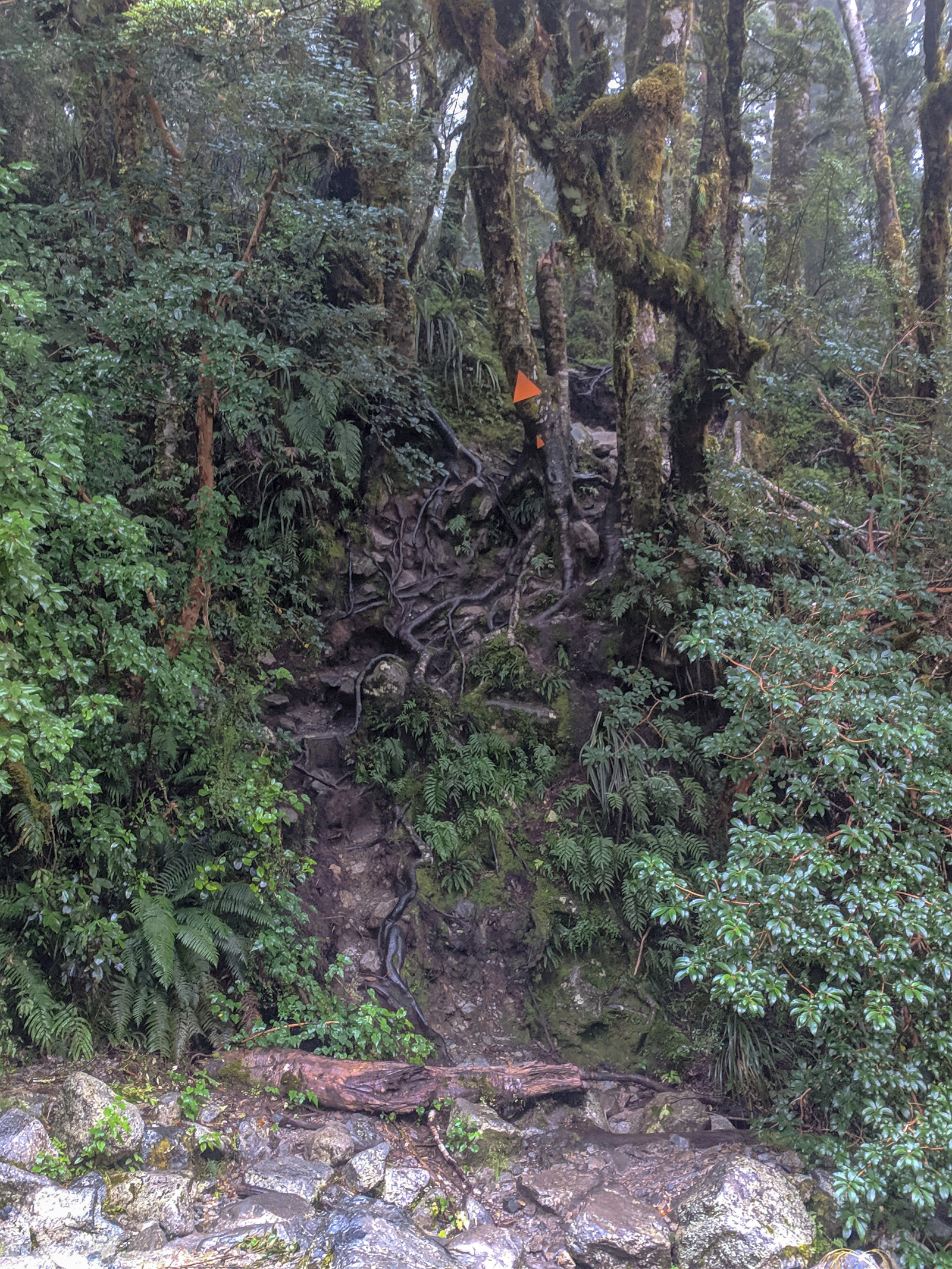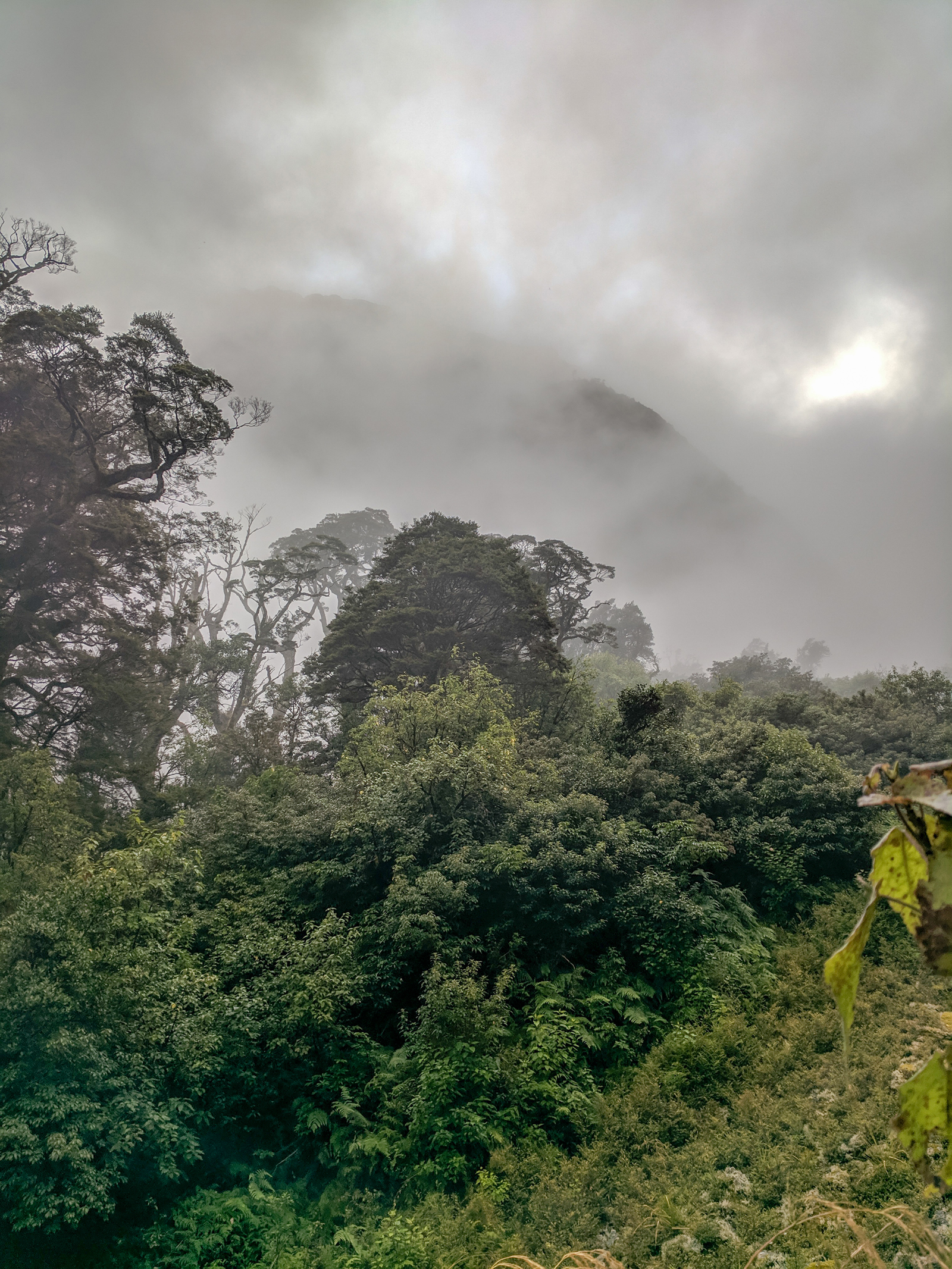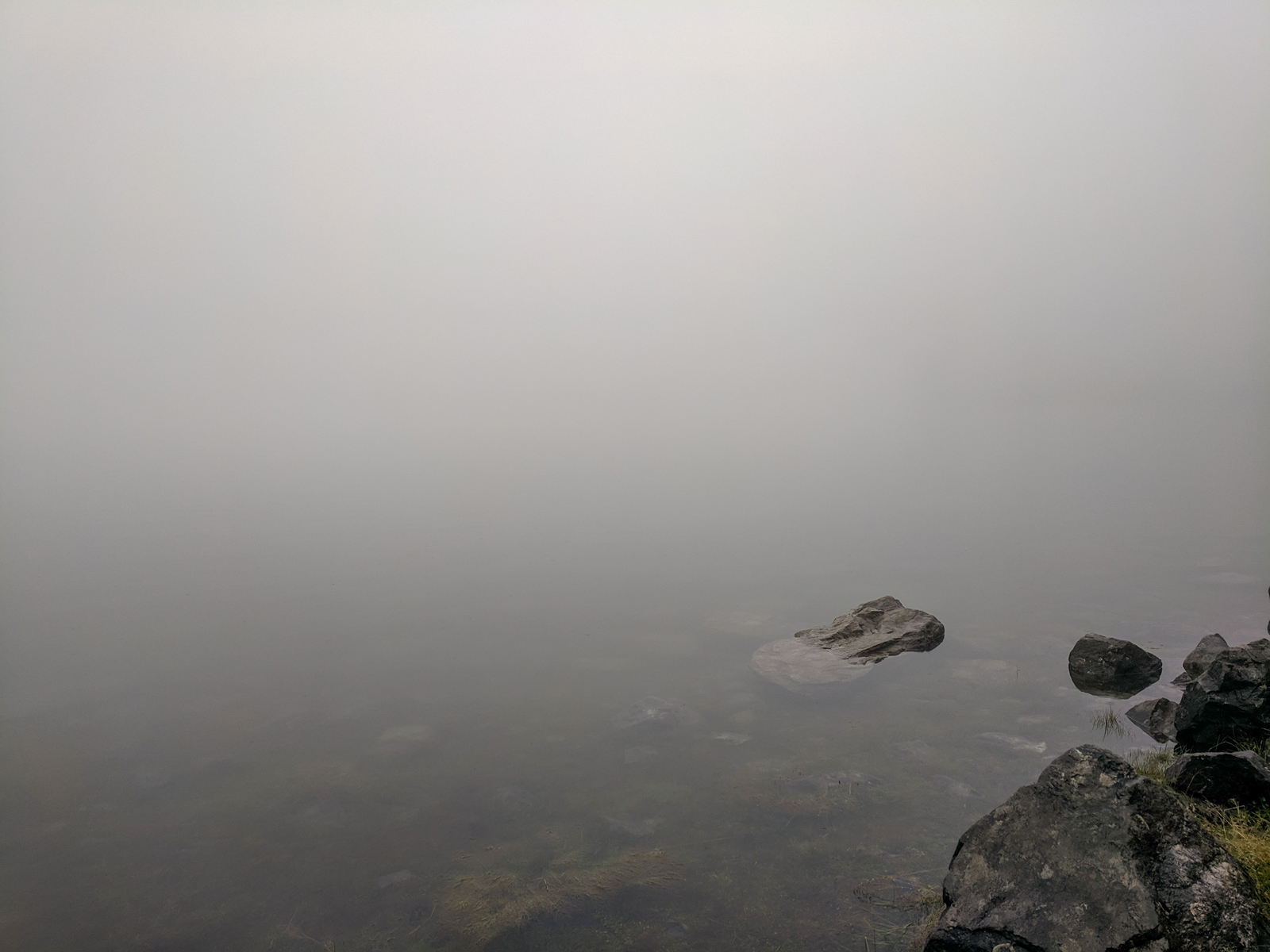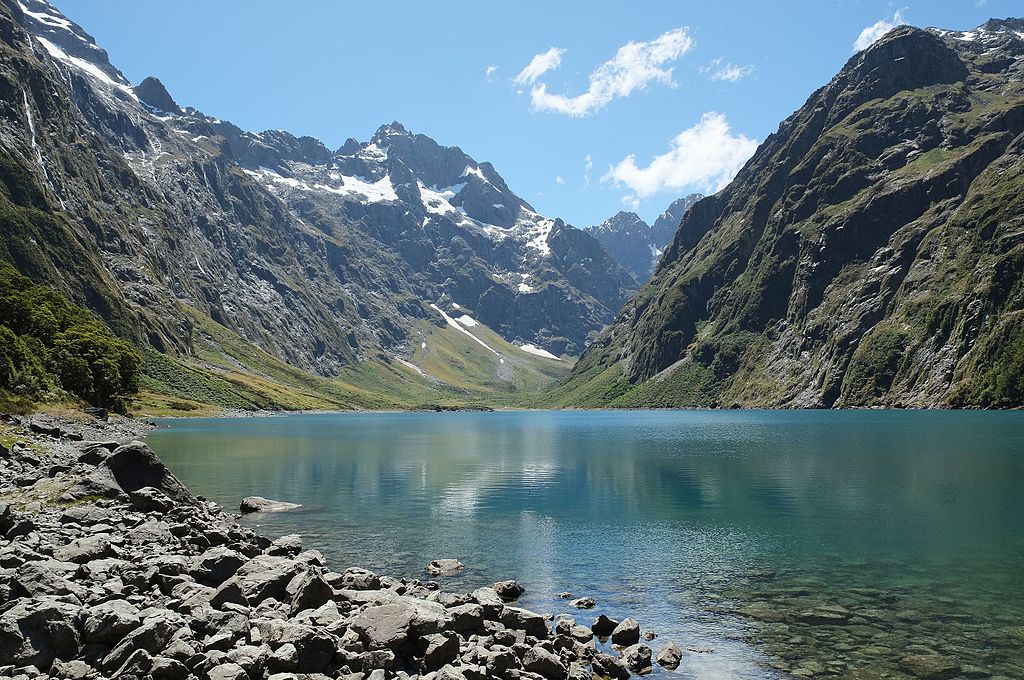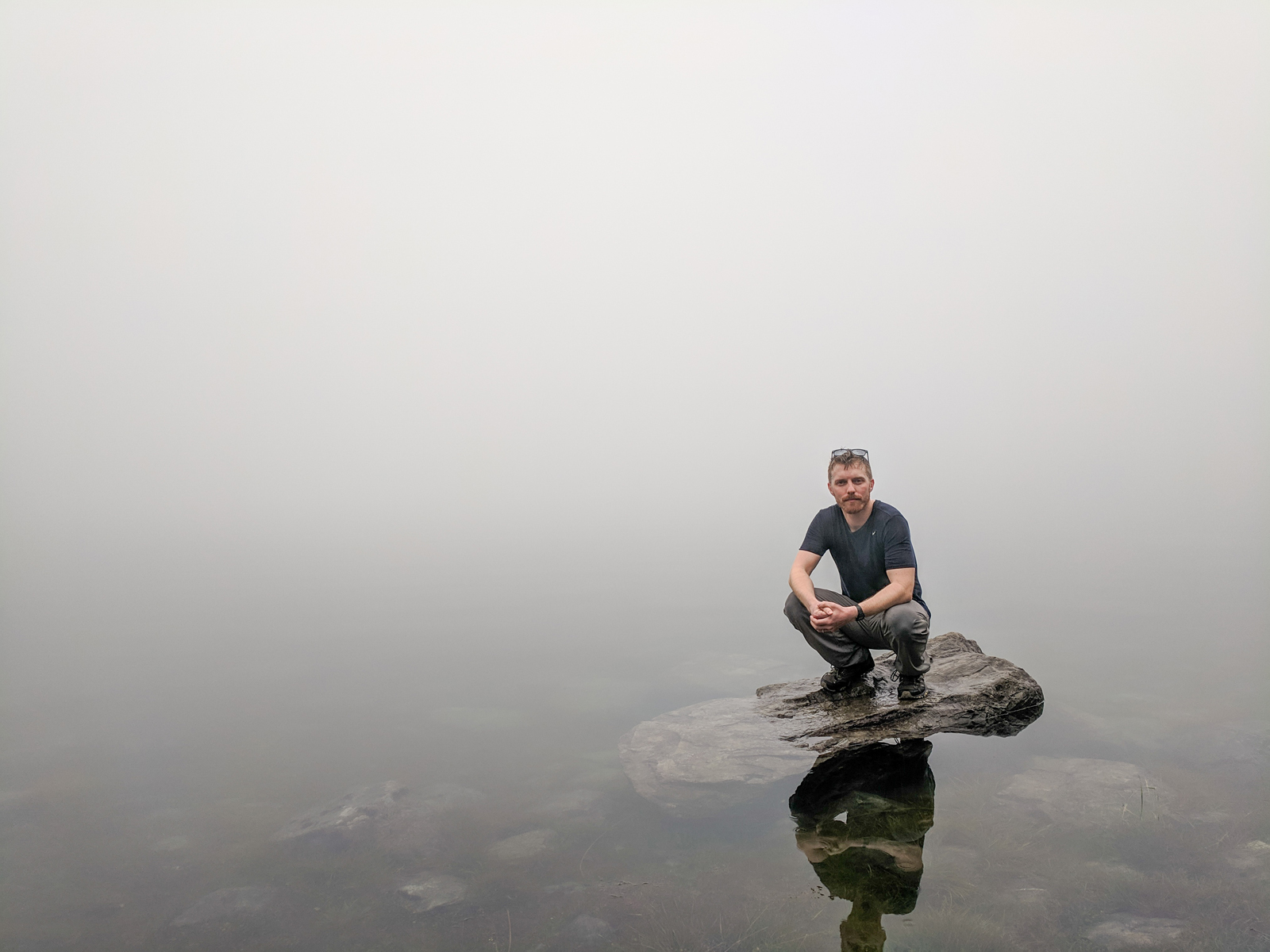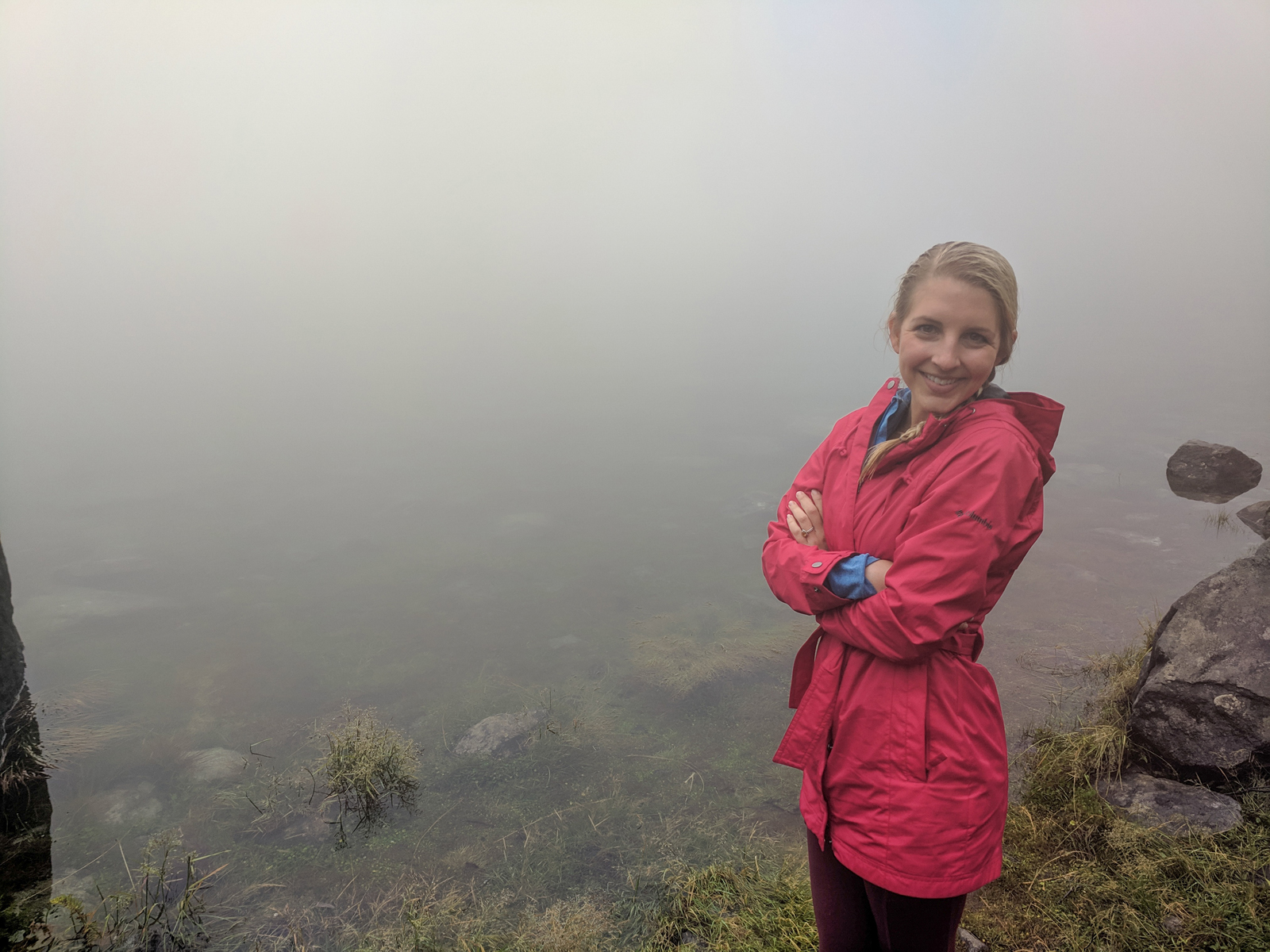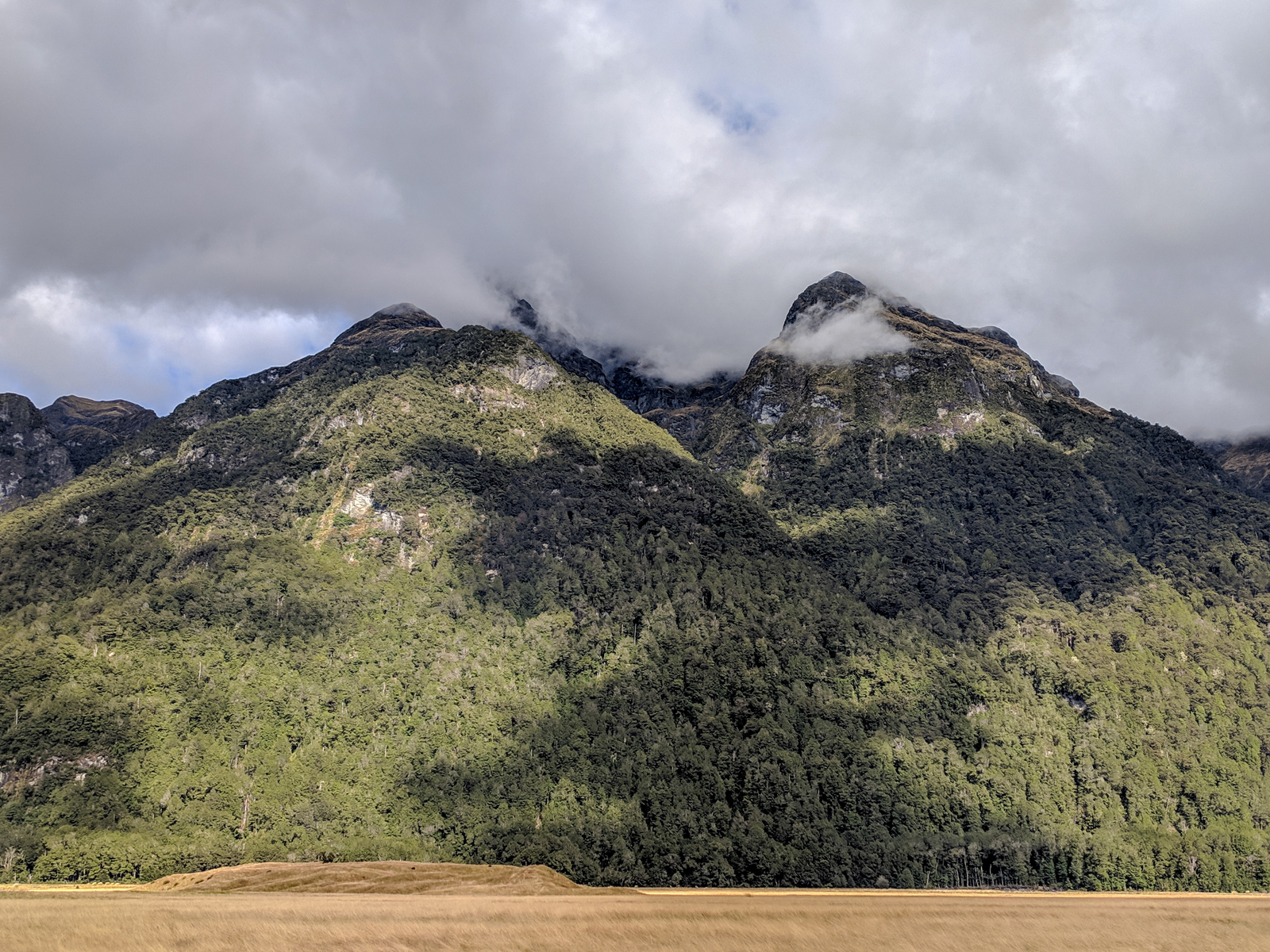We slept in on our last day in Wanaka, packed up, and hit the road for a long driving day. We drove up a mountain. And we winded our way back down a mountain toward Queenstown and then westward.
Eventually, we hit Te Anau, the gateway to Fiordland. We got a delicious bao lunch, bought groceries, and then made our way to the Real Journeys visitor center for a glowworm tour.
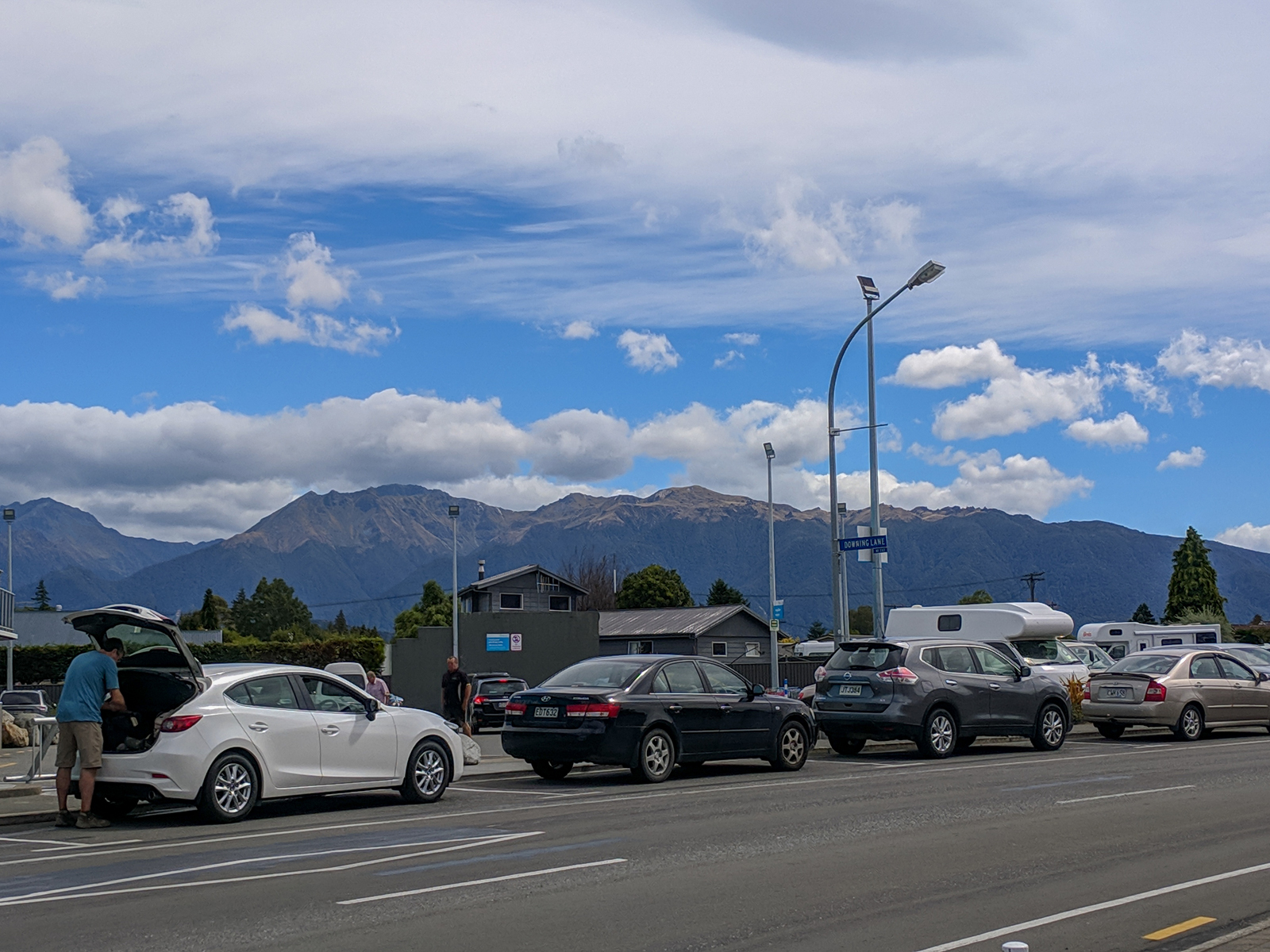
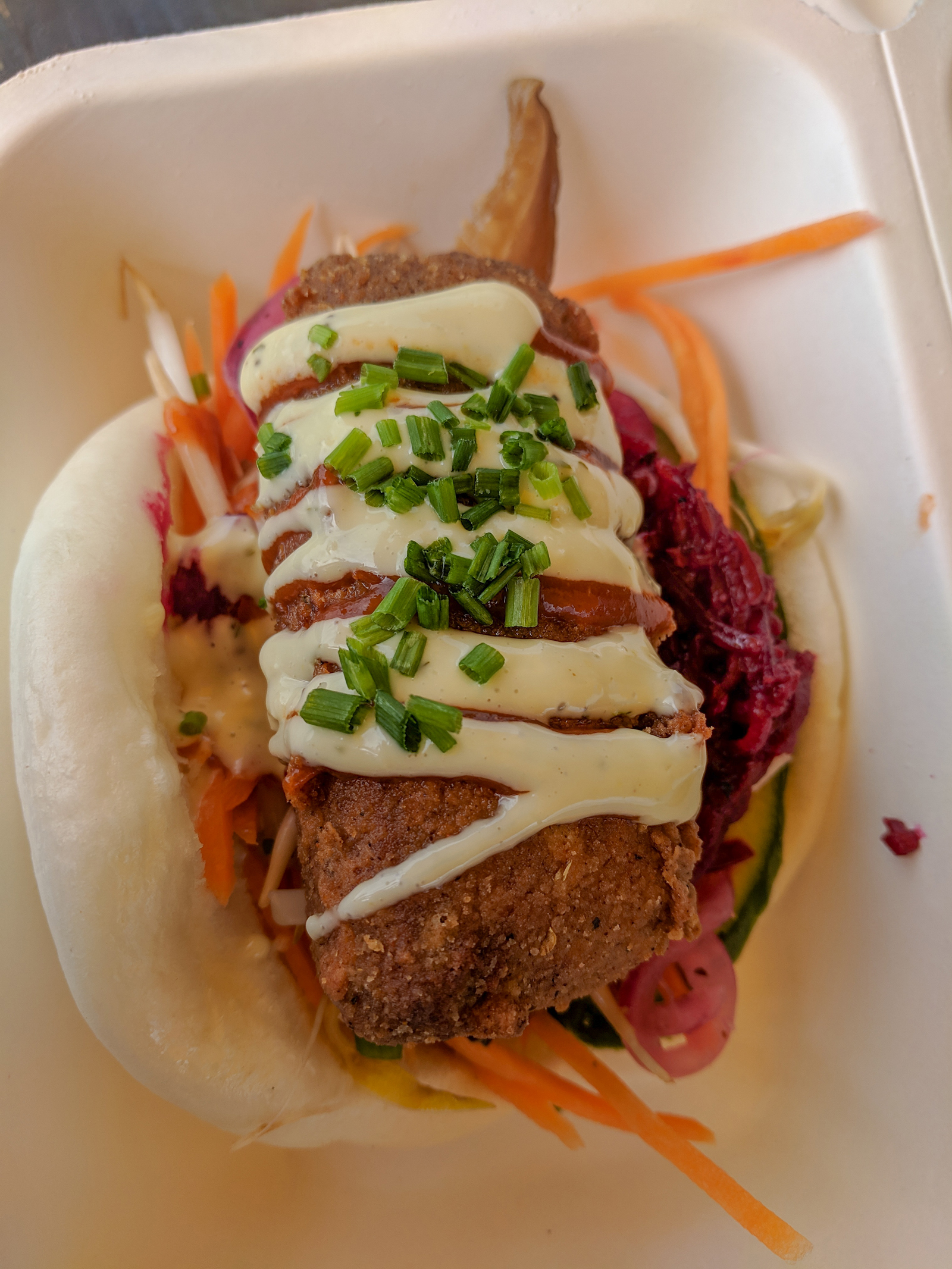
They loaded us onto a boat to ferry us across the lake to the caves.
They don’t allow photography in the caves, so unfortunately I don’t have pictures (you can go to their website if interested).
But, we were led into a dark cave, which was pretty awesome in its own right, powerful rivers rushing through beneath us, waterfalls gushing into them around each corner.
After a while of navigating, we reached the little boat that would paddle us through the water with glowworms surrounding us. It was pitch black other than their little blue lights above and around us (though people see different colors apparently). It almost felt like we were star-gazing.
After making it all the way down and back, we climbed out, found our way back down the cave, and then had an instructional Q&A and presentation.
Once we were ferried back, Anthony and I headed out of town into Fiordland. We stopped at the first campsite on the road, Henry Creek.
We found a beautiful lakeview spot tucked in the trees, with easy access down to the water.
It was a very windy day which kept the sandflies away. The downside of this was that cooking was a nightmare. I’ve never worked so hard on making spaghetti in my life, the wind blowing our flame around, preventing the water from boiling.
At long last, we succeeded, ate, cleaned up, and went back down to the water for a few minutes before bedtime.
Before the sun rose the next morning, we were driving through Fiordland.
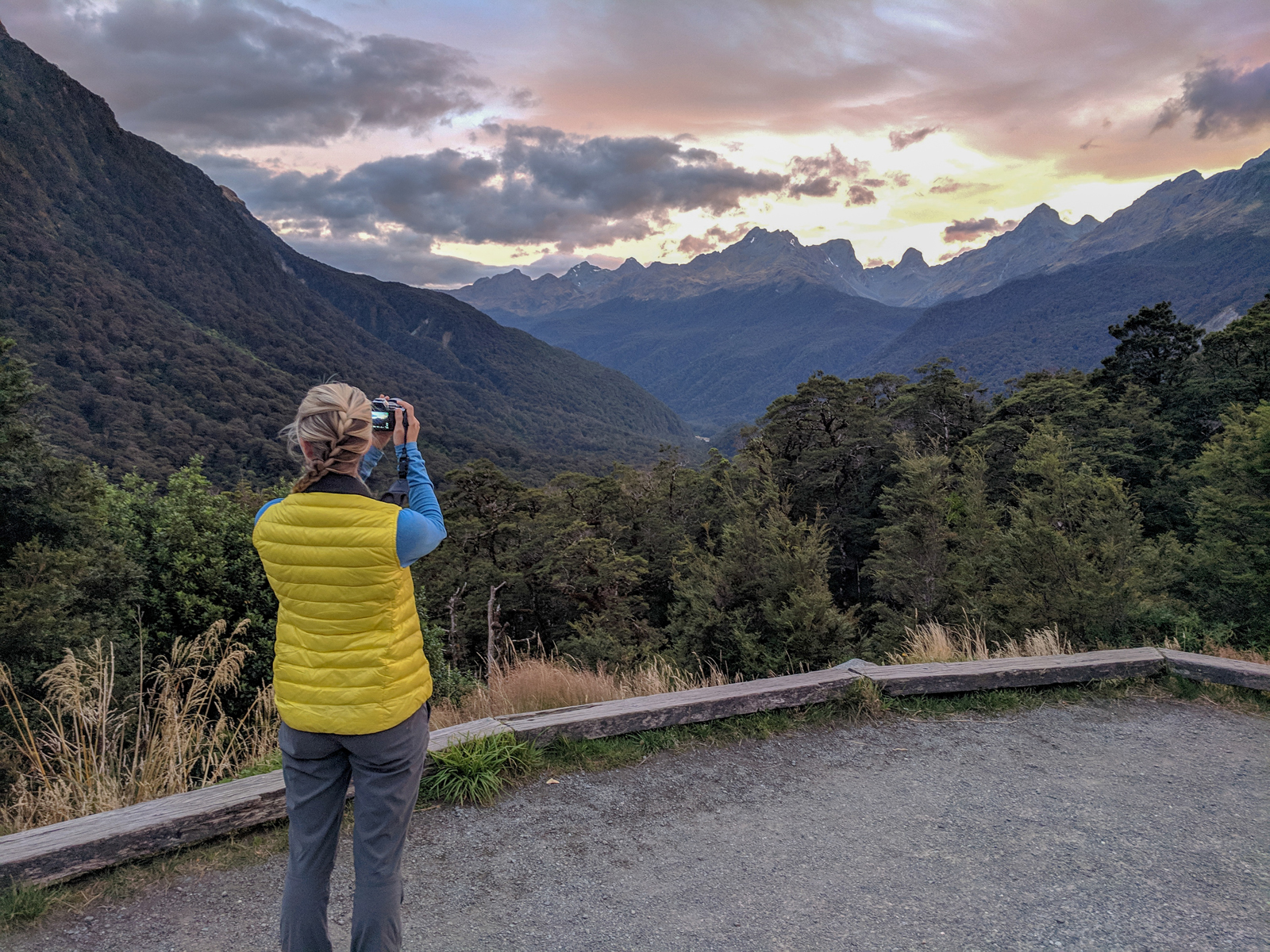
We only had time for one stop, at the Chasm, an area within the forest that the water jets through a thin slot in the rock.
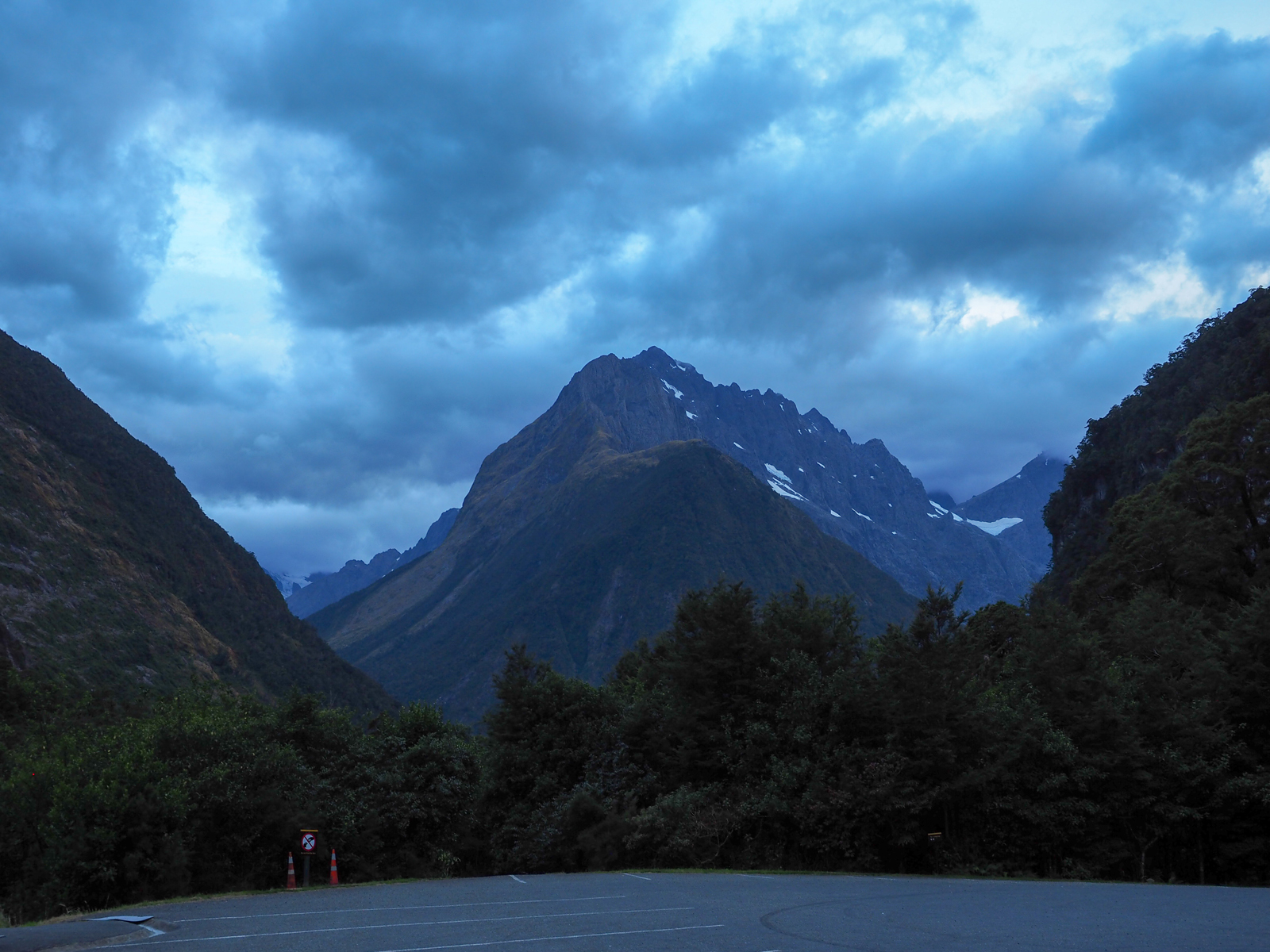
After that, we drove down to the water for our scuba diving trip of Milford Sound. Most people just cruise the Sound, but we needed a little more adventure.
Since the water is very cold, we were suited up in thick neoprene socks, two thick neoprene vests, a heavy-duty 8mm neoprene wetsuit with hood, and then booties and gloves. I was barely able to pull the suit up and get it zipped, and then once I had, my arms were stiff and breathing was difficult. To add to this fun, the sandflies at Milford Sound are insane. Like hundreds-swarming-you-constantly insane. The only exposed skin I had was my face, and if I wasn’t continuously batting them away, they were up my nose or in my eyes.
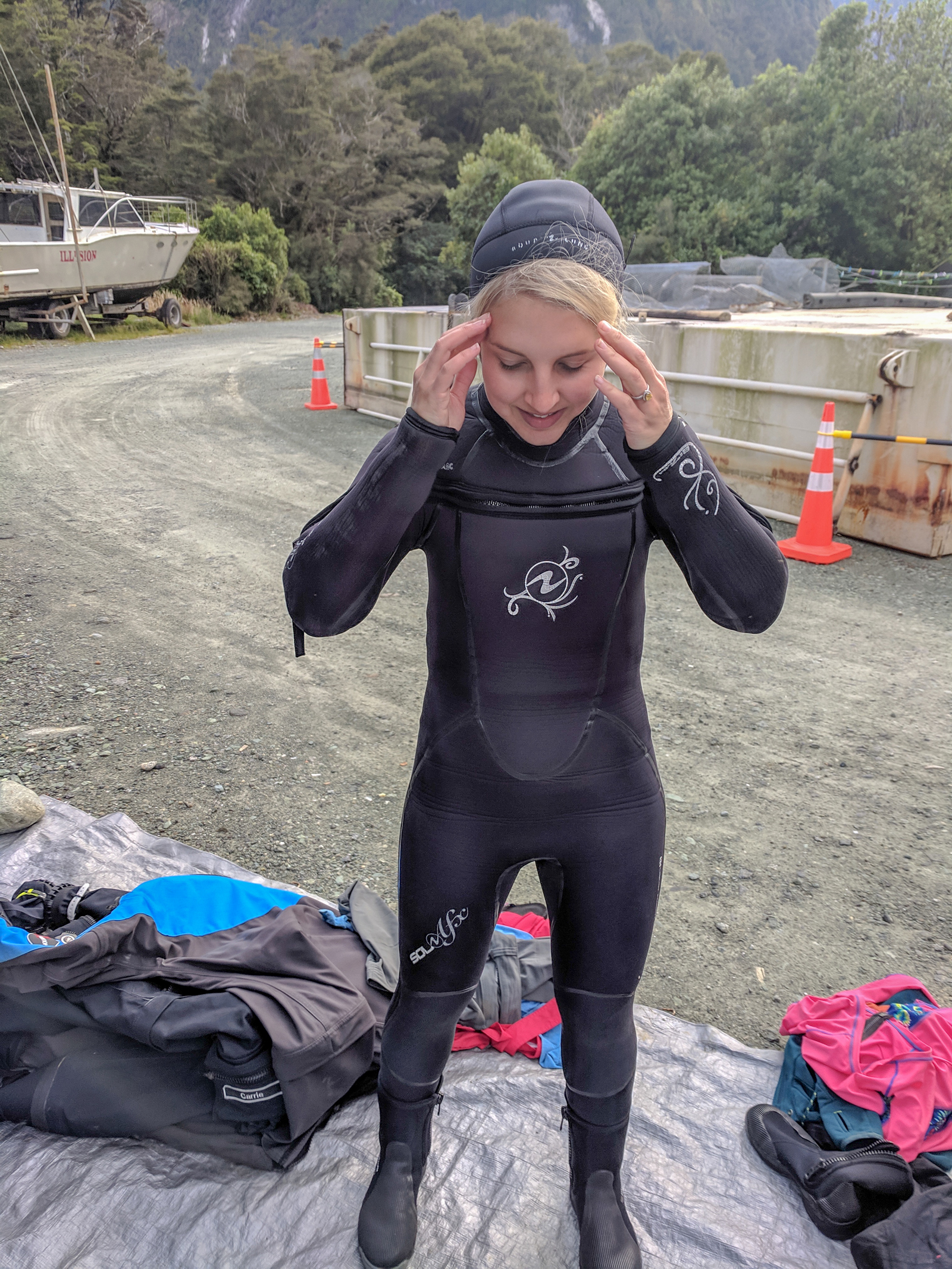
But finally, we got on the boat, and only a few of them followed us out onto the water. We sped all the way down the sound to our first dive site where we got our gear, masks, and fins on. Since our buoyancy was so much higher with our thick suits on, the gear had to make up for some of it, so it was heavy. It’s a good thing I do squats or I wouldn’t have been able to stand up. Seriously.
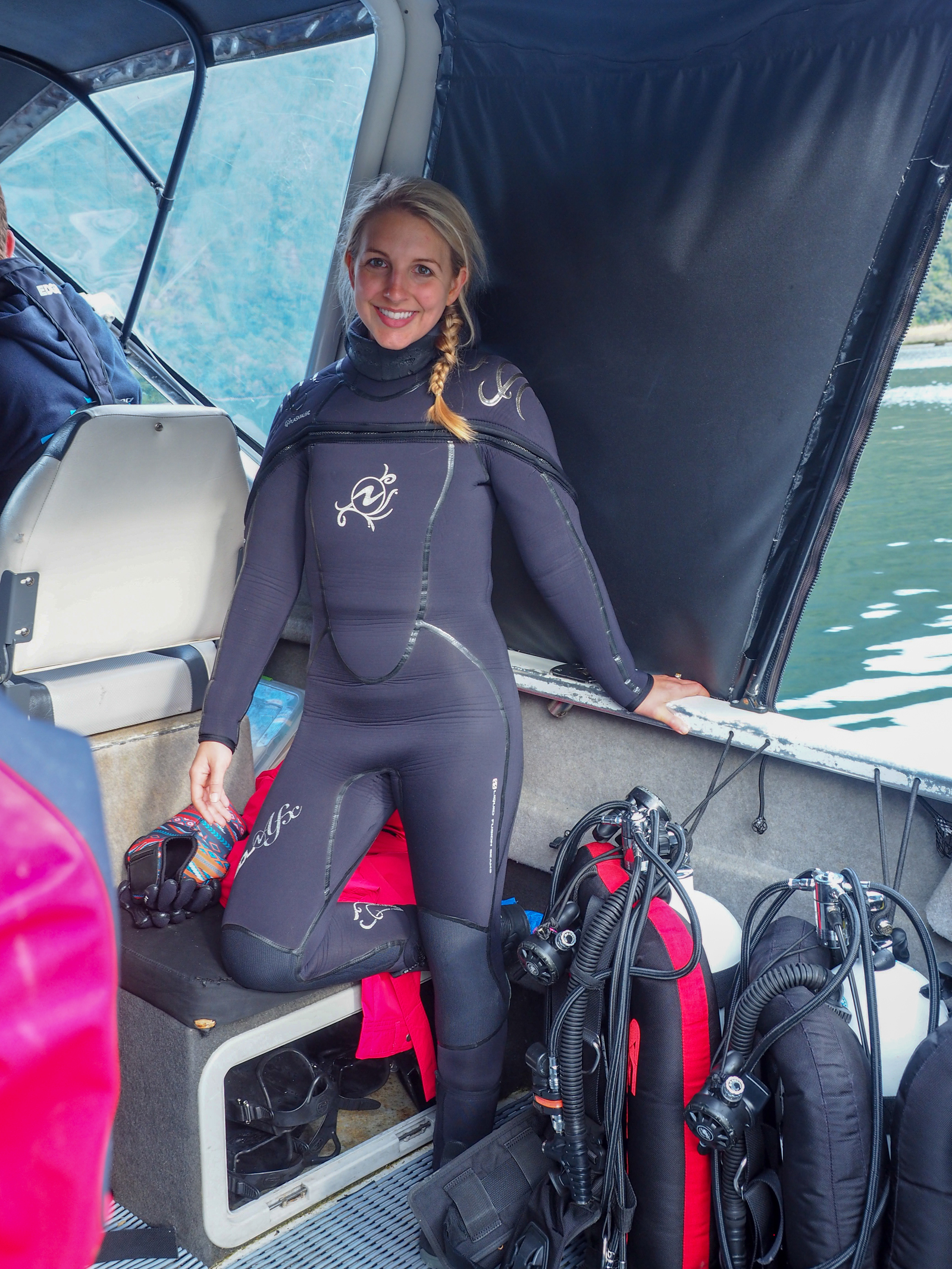
I took a big step off the boat, pleasantly surprised by how not cold I felt when I hit the water. But, I definitely struggled with my buoyancy. Everything would happen so fast. One second I was sinking all the way down, and the next second I was floating all the way back to the surface.
This happened frequently through my first dive, but we still saw some cool stuff, namely black corals, a huge eel, and a HUGE stingray, bigger than I ever imagined a sting ray could be. Its eyeball was the size of my hand, staring at us, sizing us up.
We came back up to the boat, ate some chocolate, had some hot drinks, ate a wrap. The guides kept gushing about how warm the water was. Apparently, this was the warmest it had been in a very long time, 16 C (around 60 F).
We swam over to land, to trek over to a waterfall and hang out and then swam back out.
Back on the boat, we moved on to our next dive site, Crayfish Crack. This site was full of giant lobsters, or crayfish as the Kiwis call them. I had mostly mastered my buoyancy by this point, so the dive was much more enjoyable.
We checked out a couple rocks where seals were having a nice, chill day.
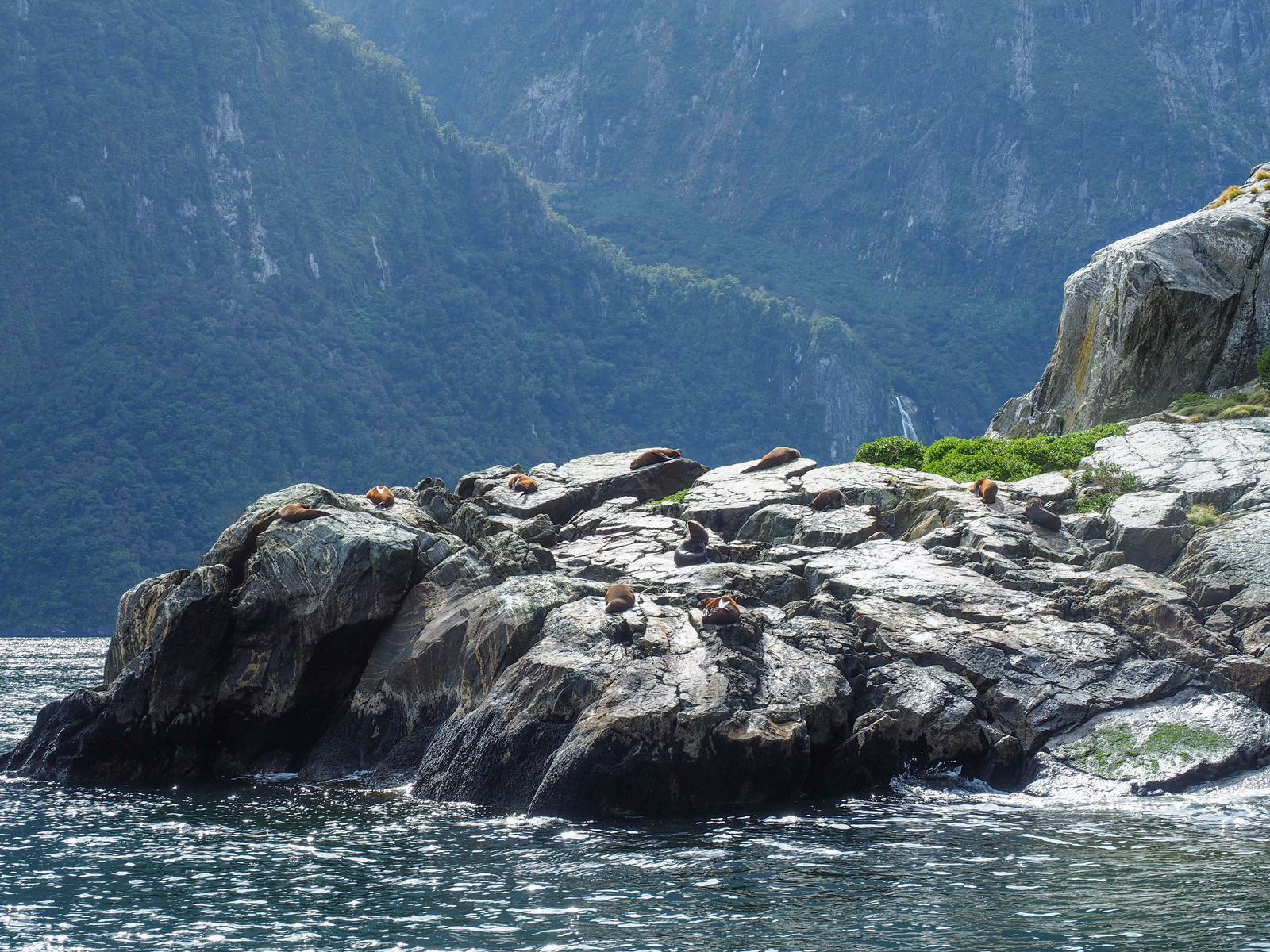
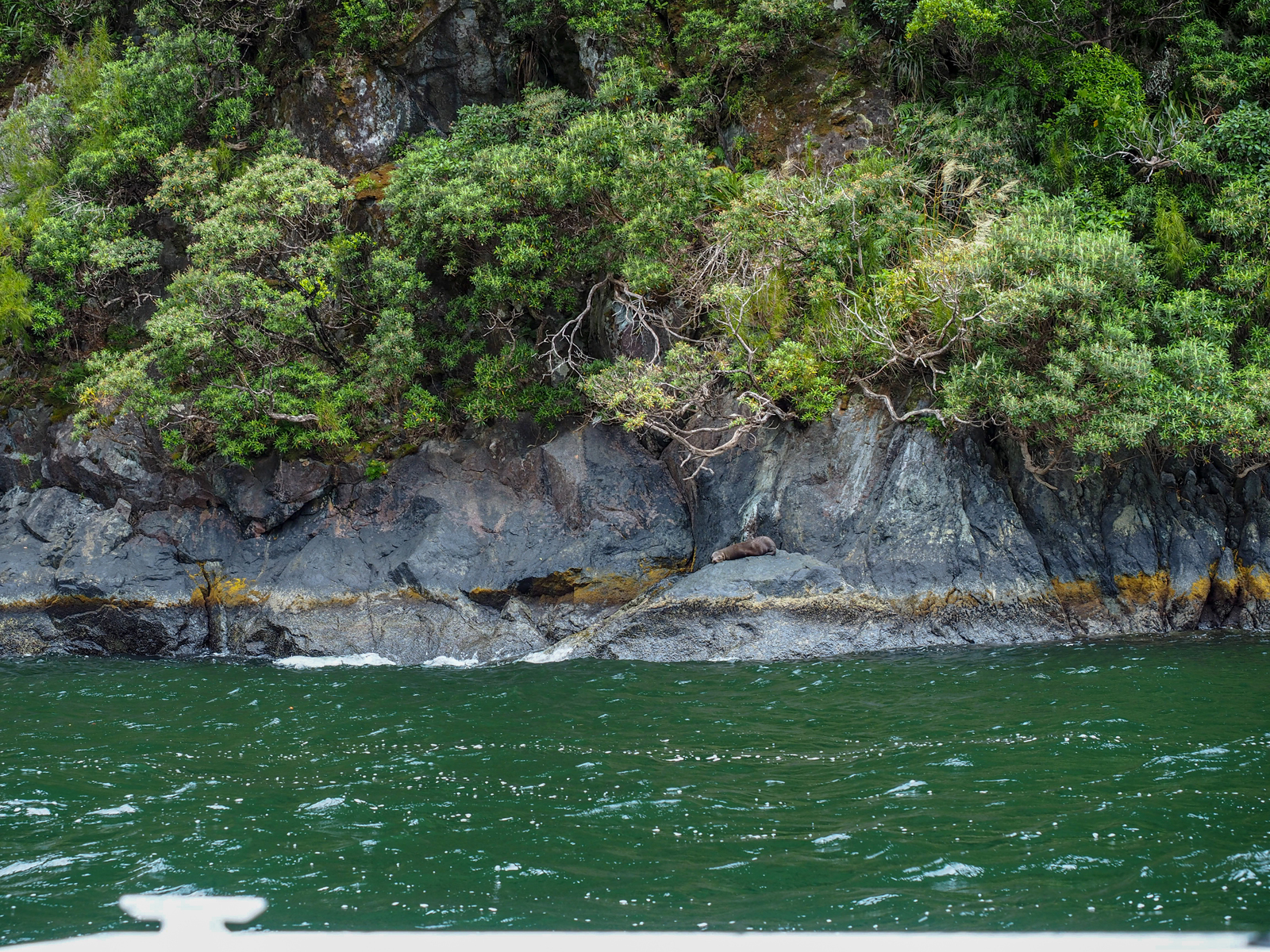
One the way back down the Sound, they took us underneath a waterfall, for a nice glacial shower.
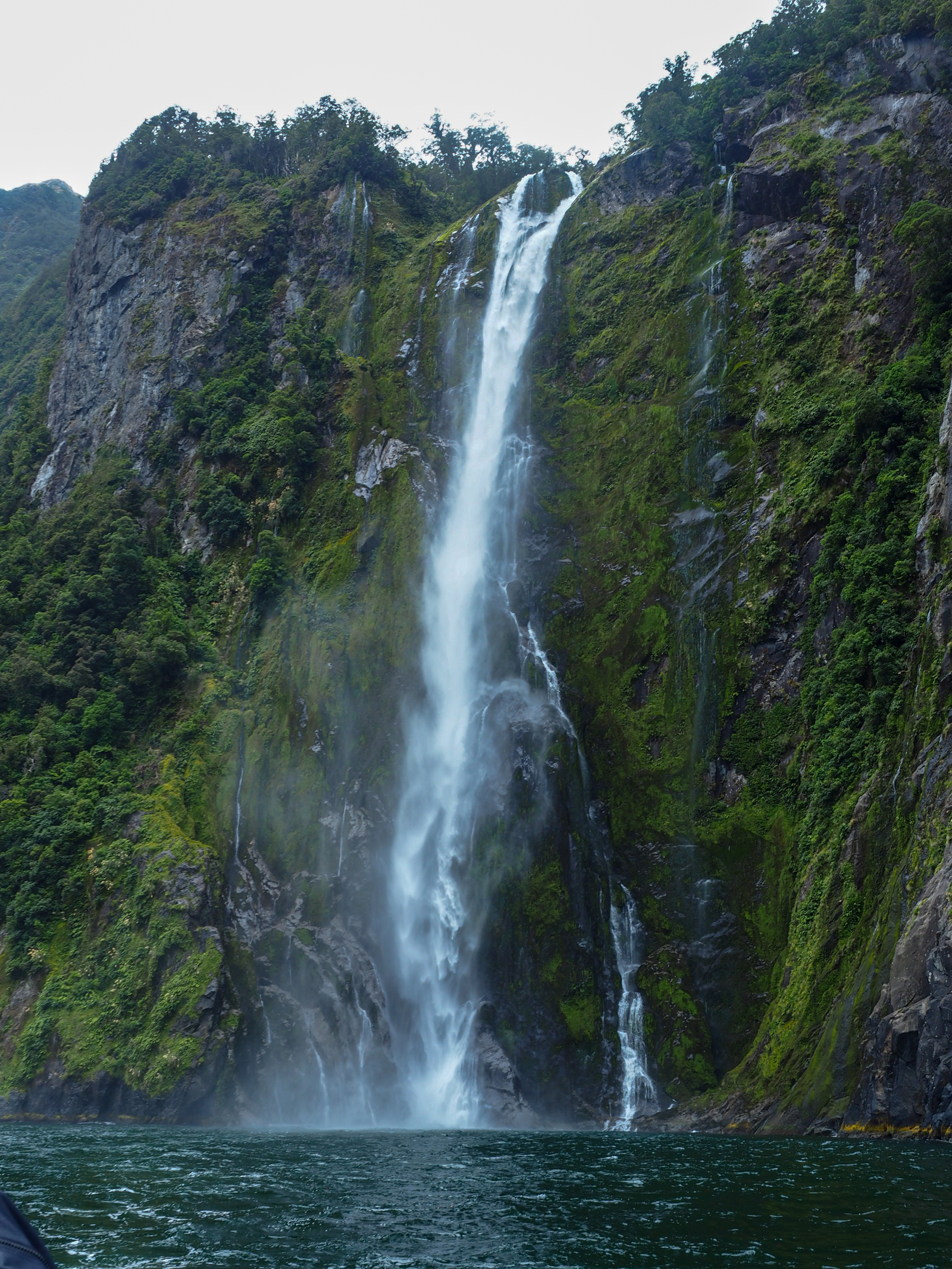
And then we cruised our way back to land.
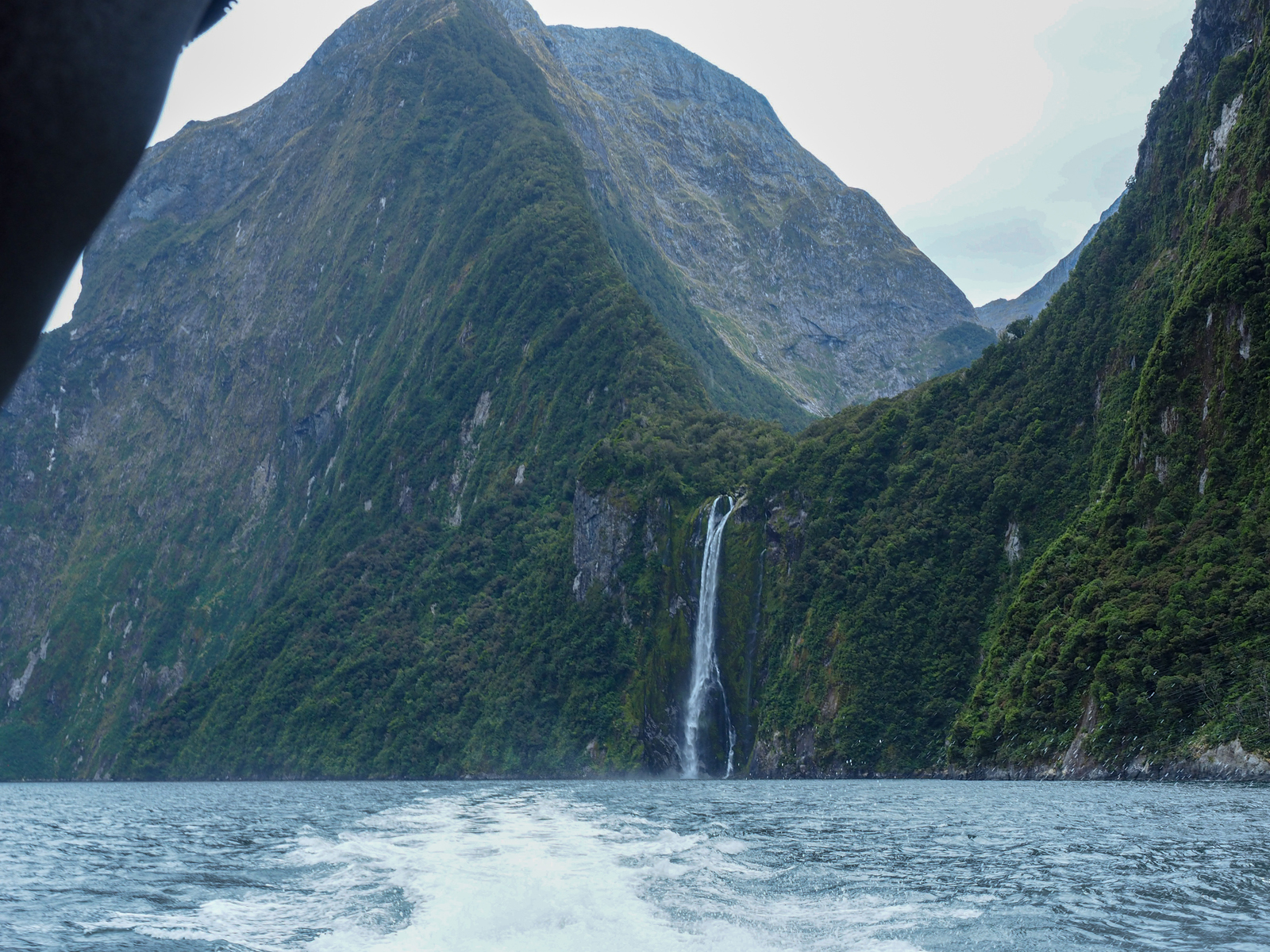
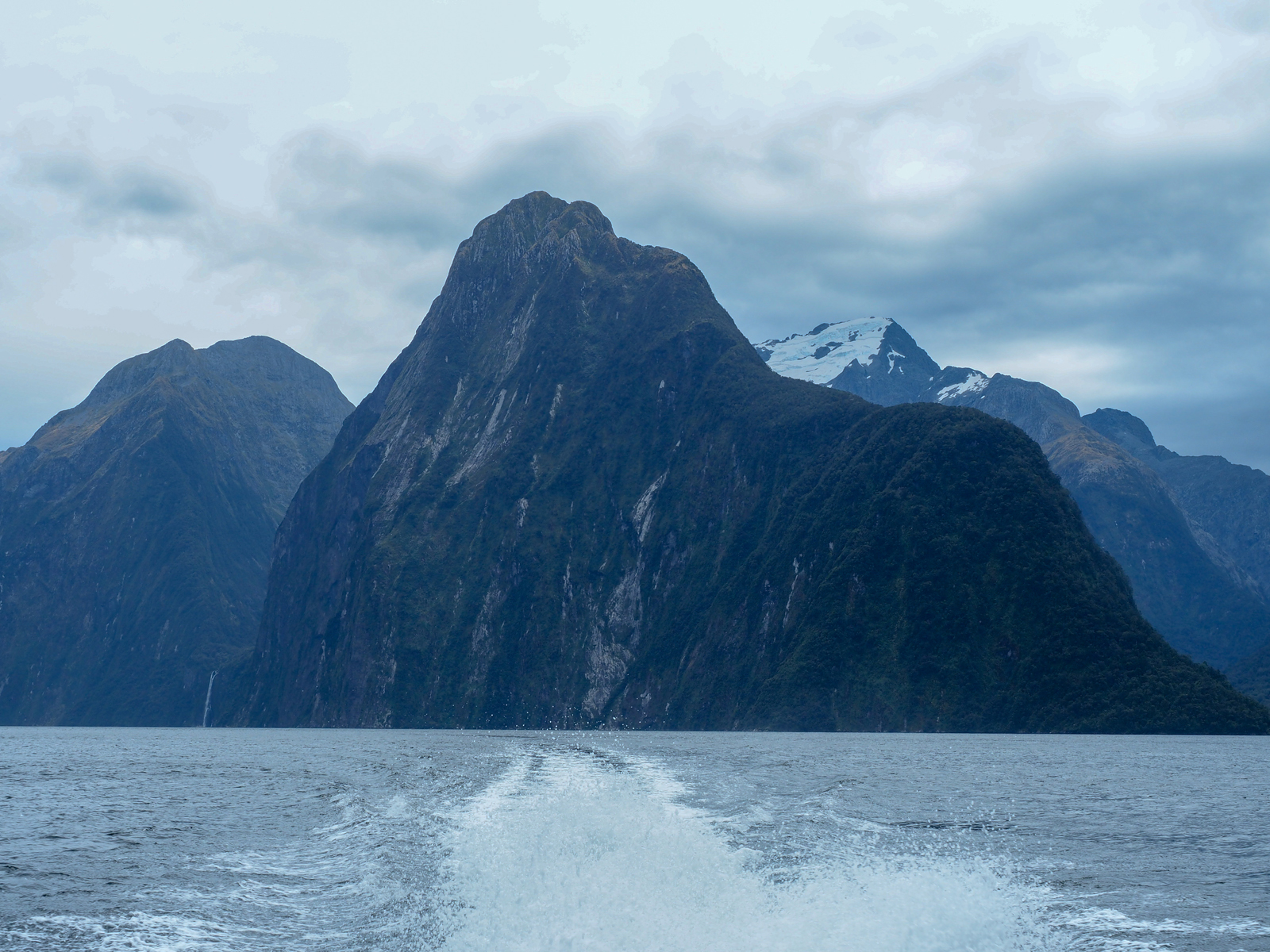
We drove our way back up the pass, stopping at the top to eat some sandwiches and watch some Keas.
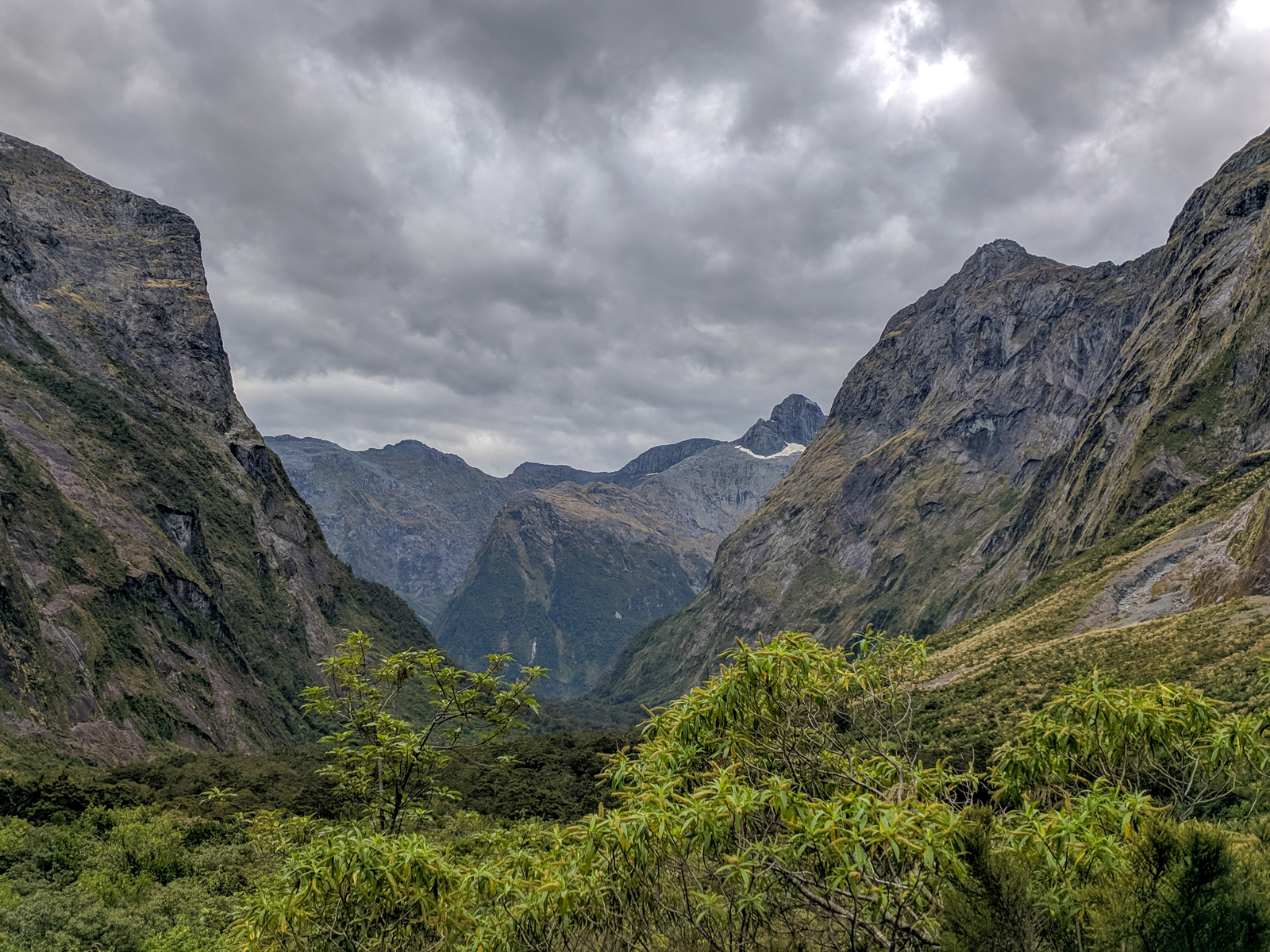
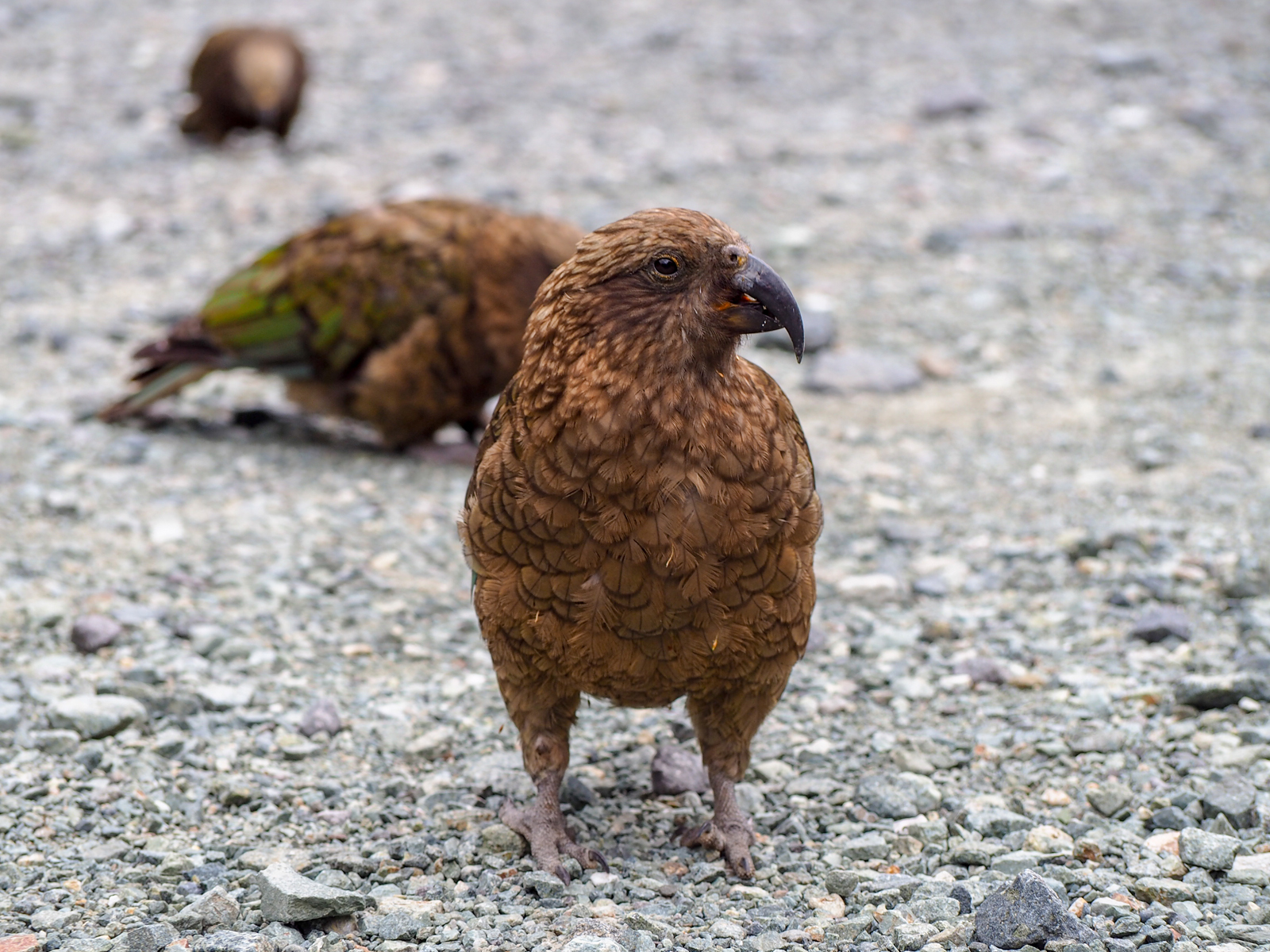
We were completely exhausted, so we only made a few stops to get some viewpoints, and then navigated to our campsite, Cascade Creek.
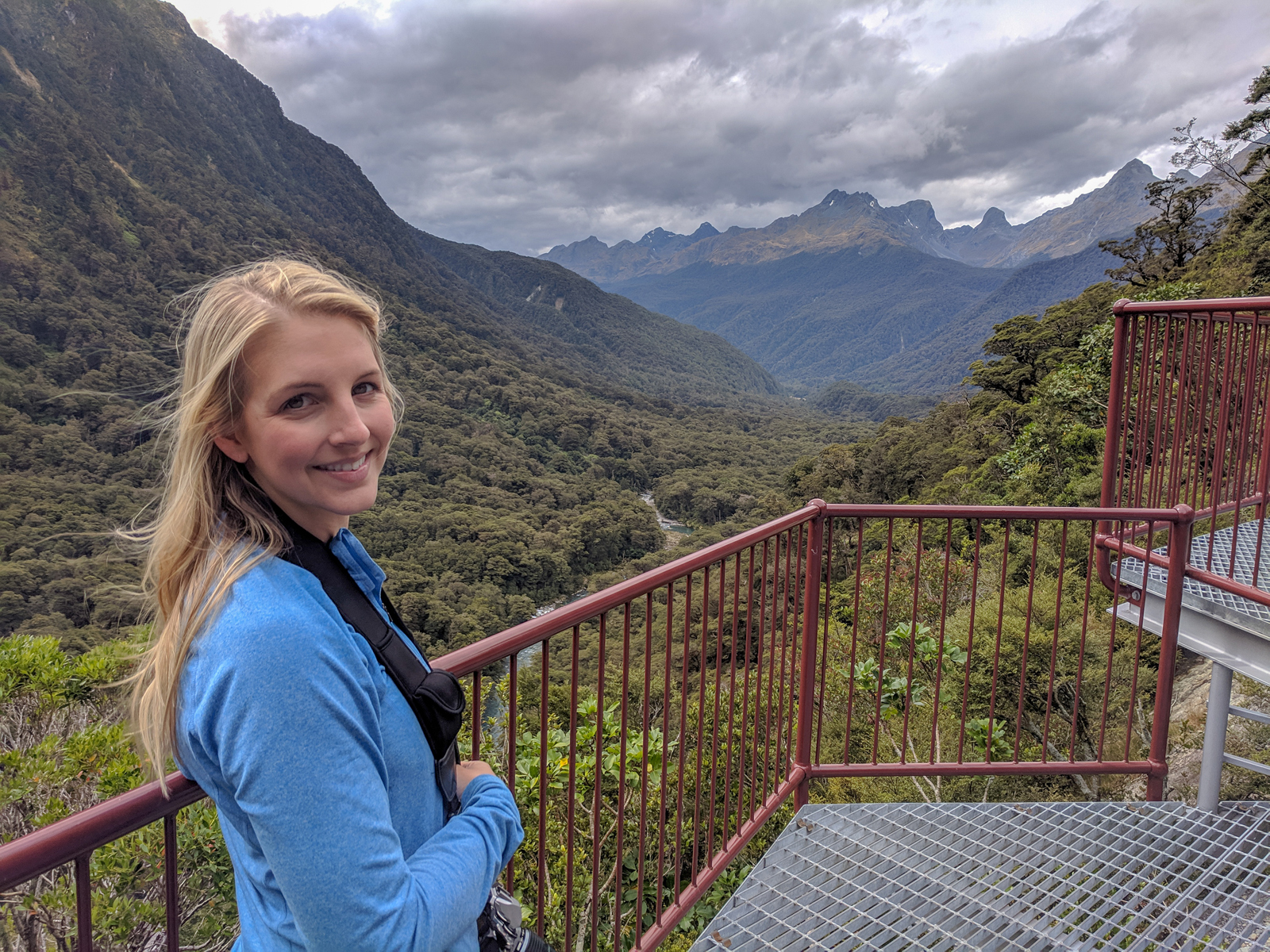
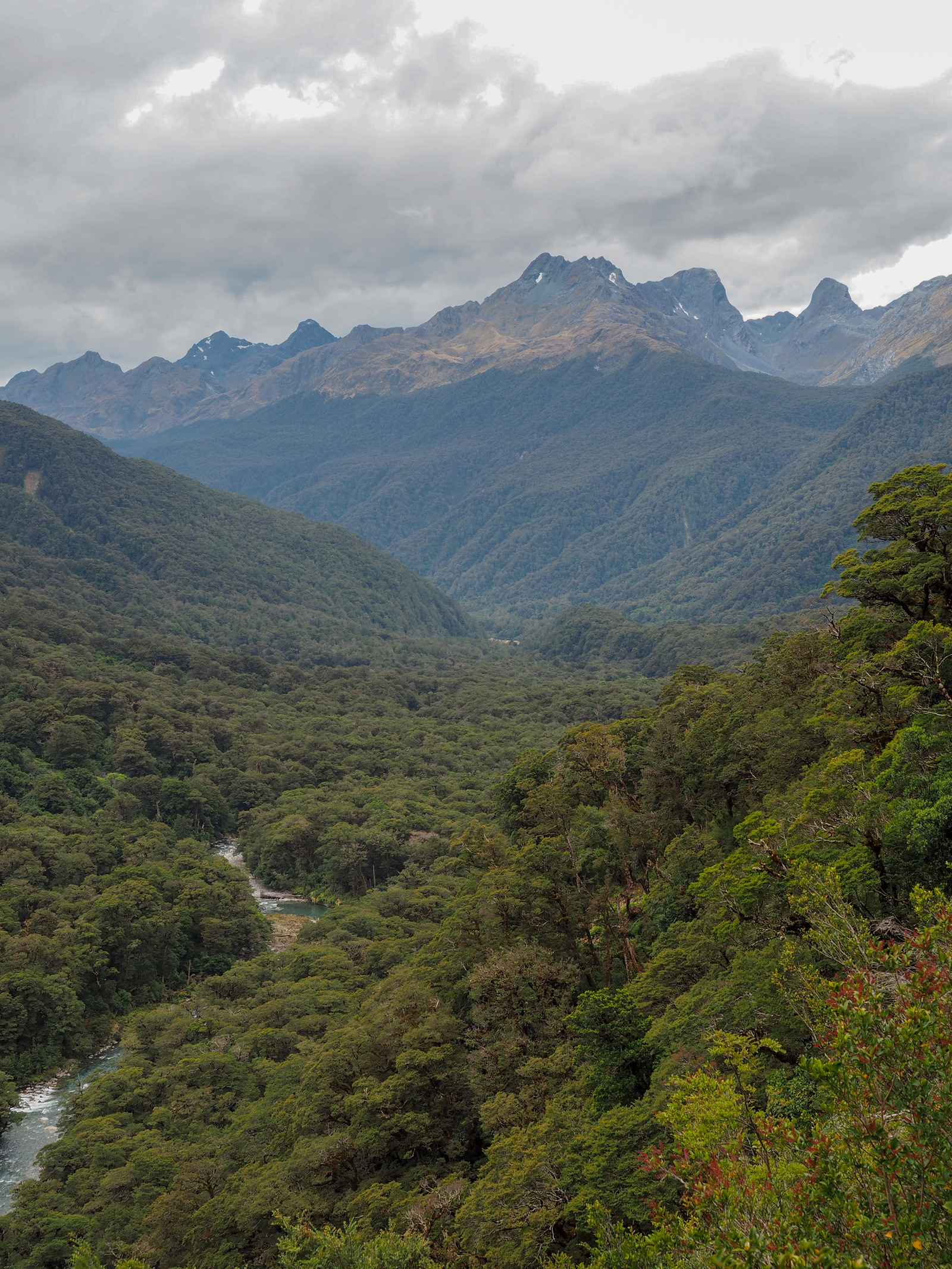
The campsite was beautiful. We cracked our windows and took a nap.
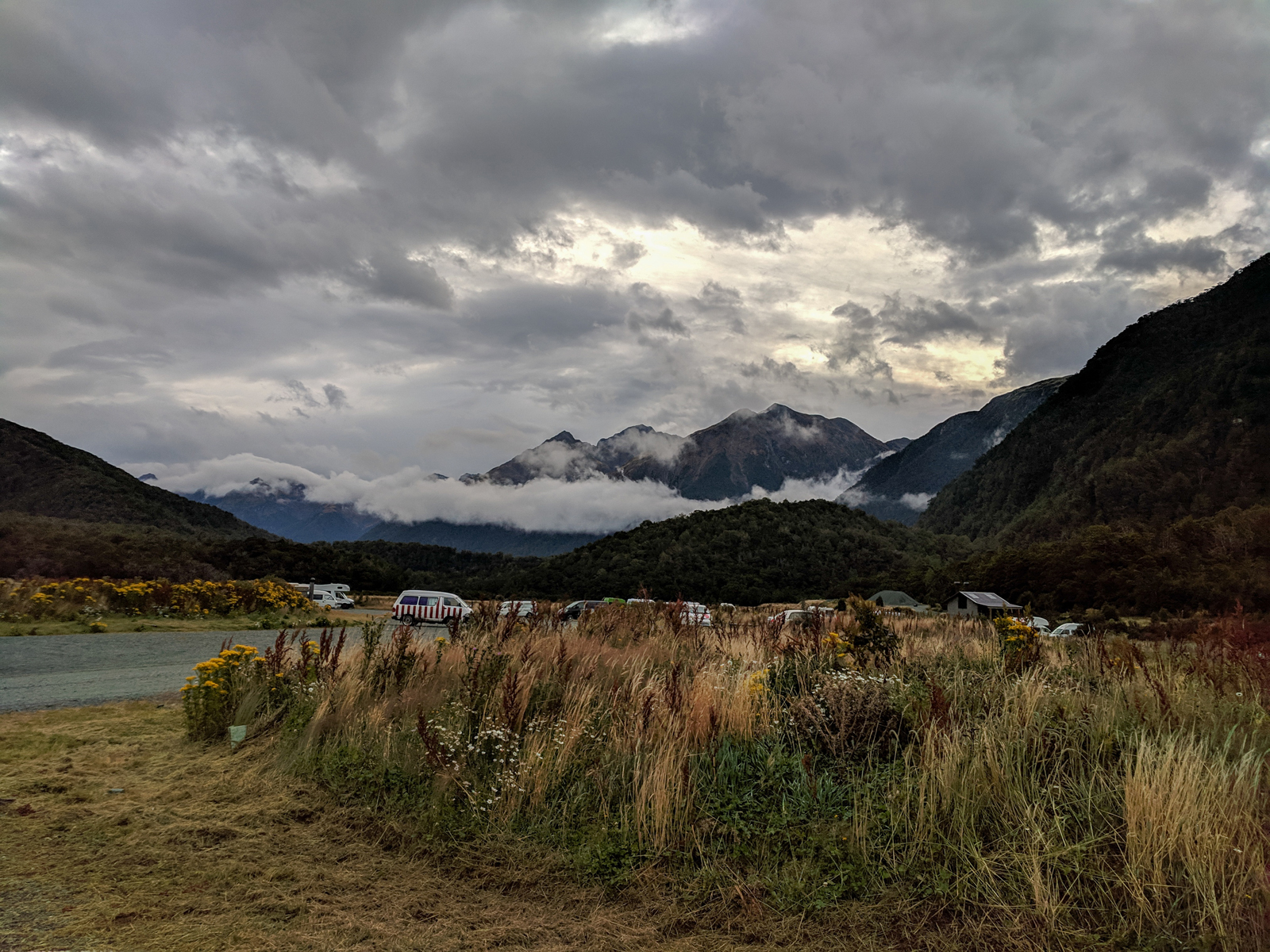
When we woke up, we decided to do the Lake Gunn Nature Walk from camp, strolling through birch trees, listening to south island robins, finding a clearing to the lake.
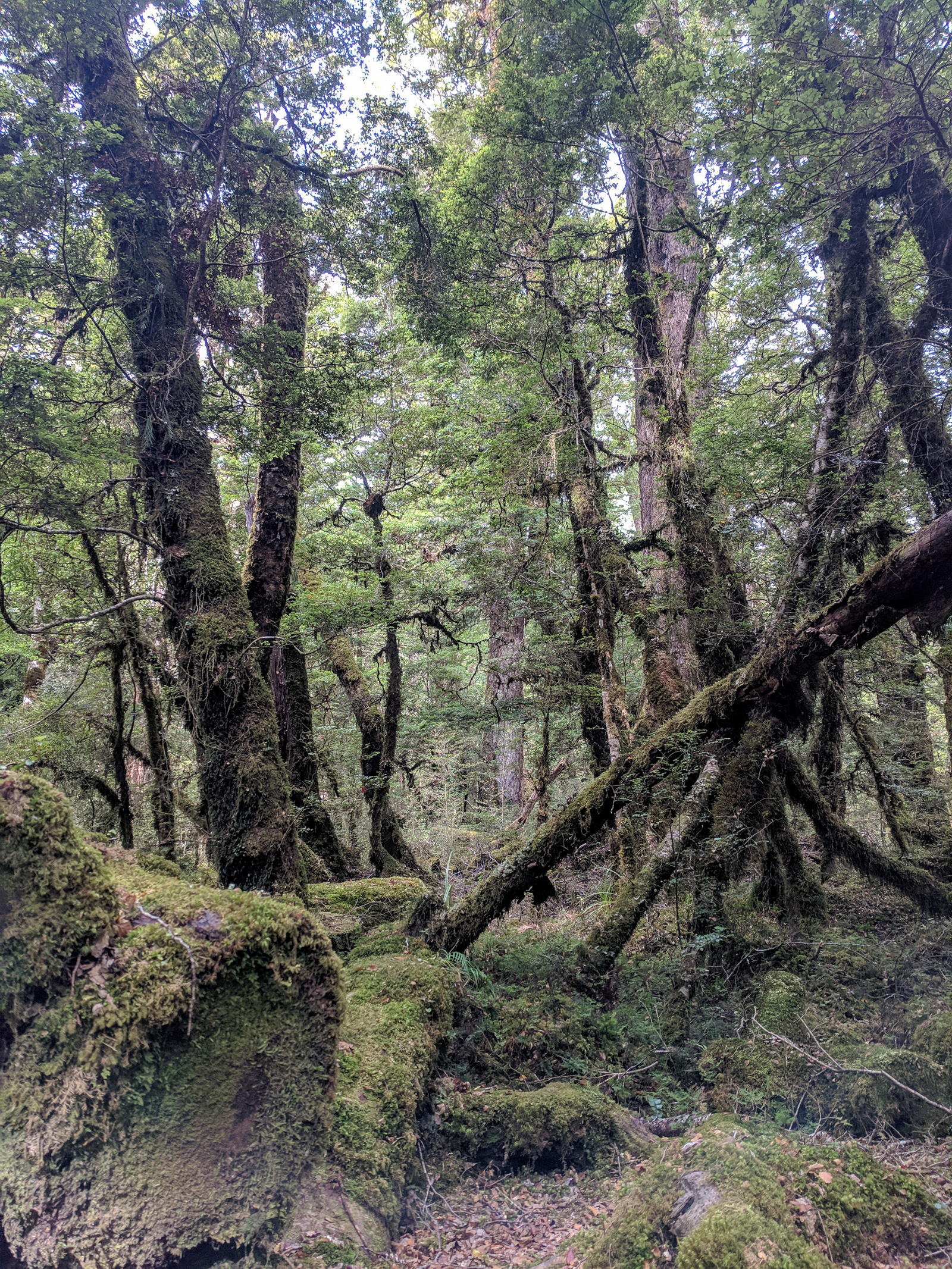
Back at camp, it was time to make dinner. And of course, our calm day turned windy as soon as we turned our camp stove on. Trying everything we could to block our stove from the wind, we mostly succeeded, and then the rain started. So, we climbed inside and ate dinner in bed.
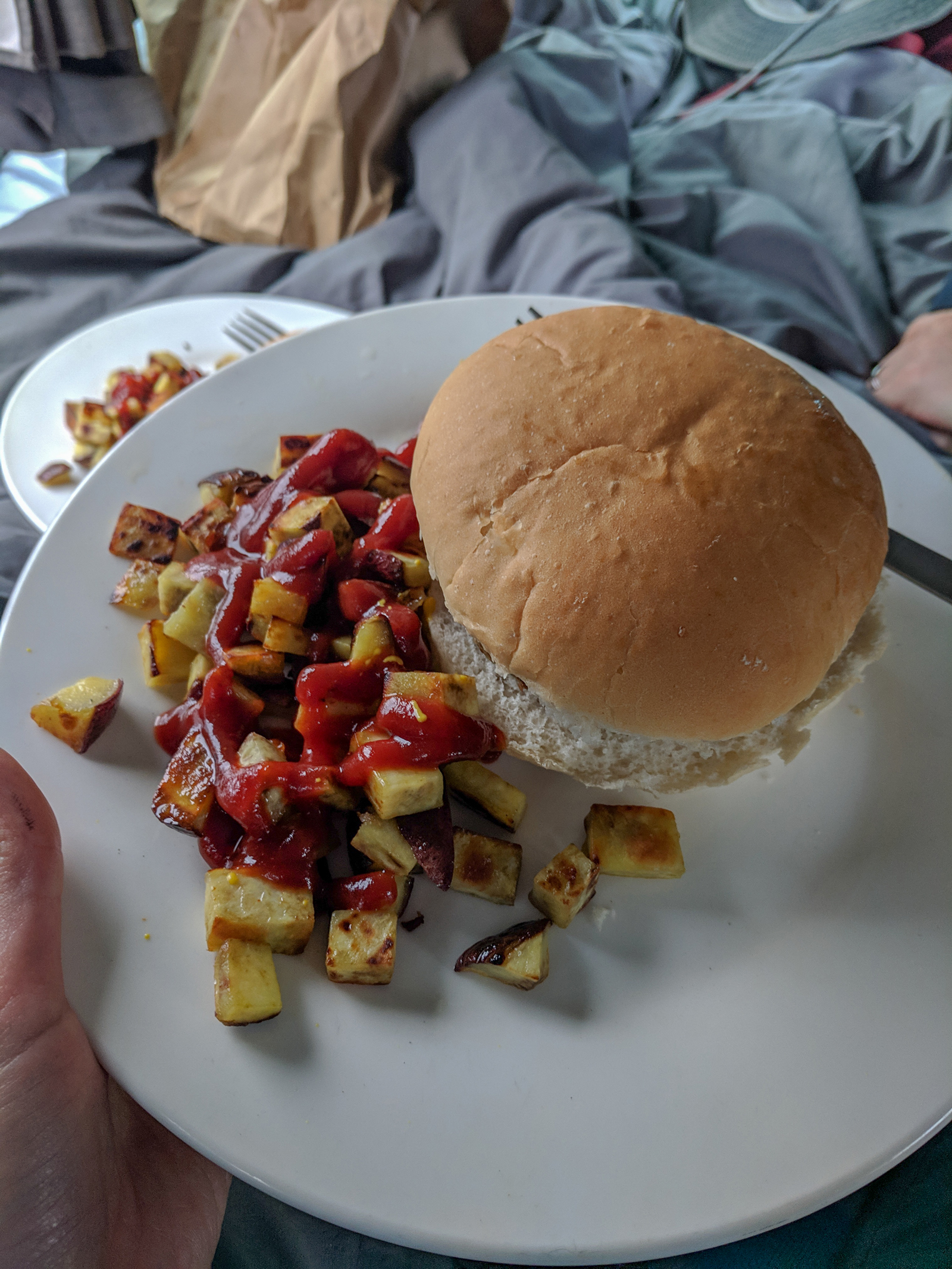
The sky cleared, and we enjoyed a beautiful evening at camp.
The next morning, a heavy fog and off and on again rain had arrived, which Fiordland— a rainforest—is known for. We had planned to hike Key Summit but knew we wouldn’t have any visibility for the views. Instead, we did the more difficult Lake Marian hike.
The beginning of Lake Marian is a worthy stop on its own, beautiful rivers and waterfalls.
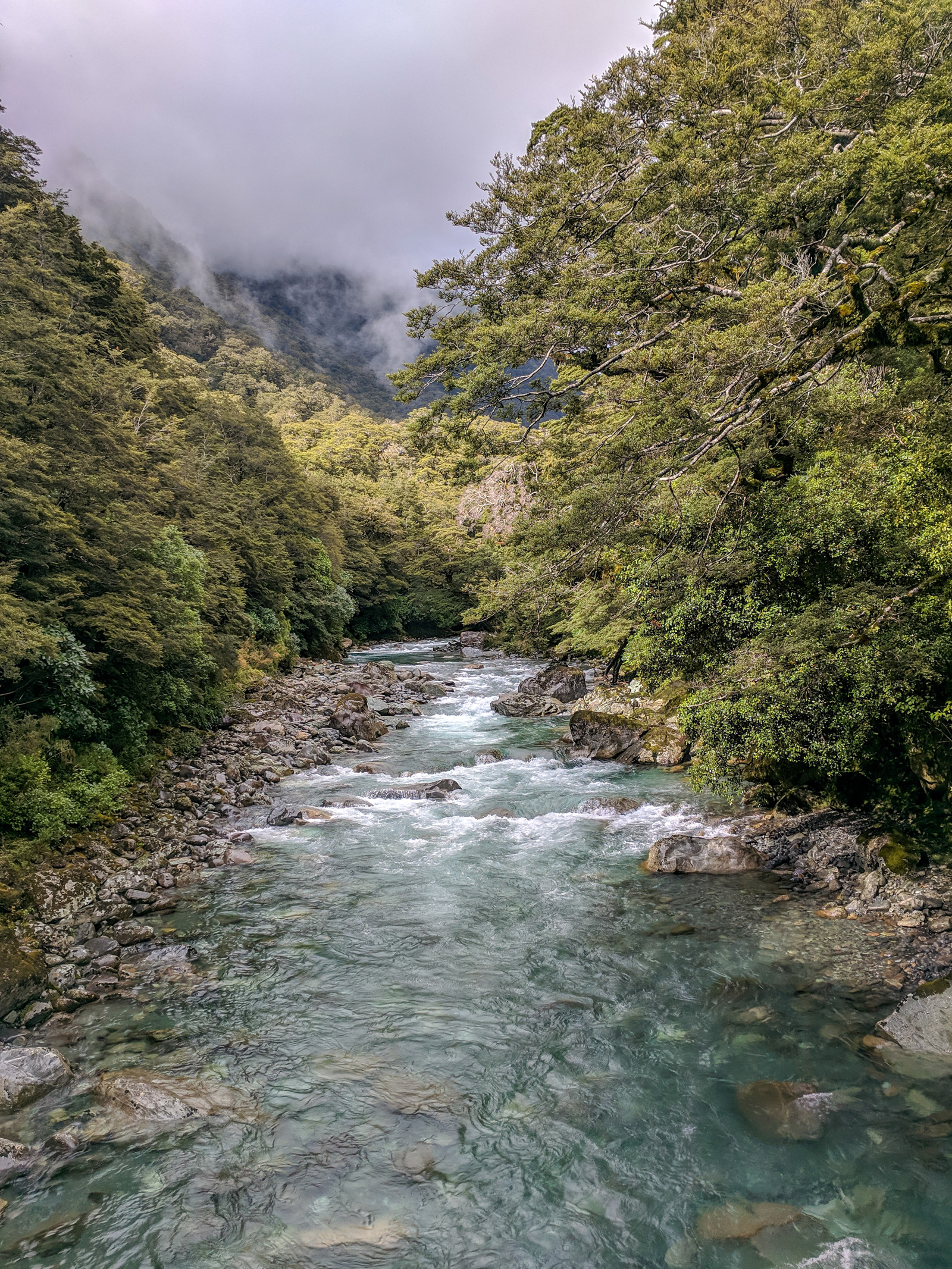
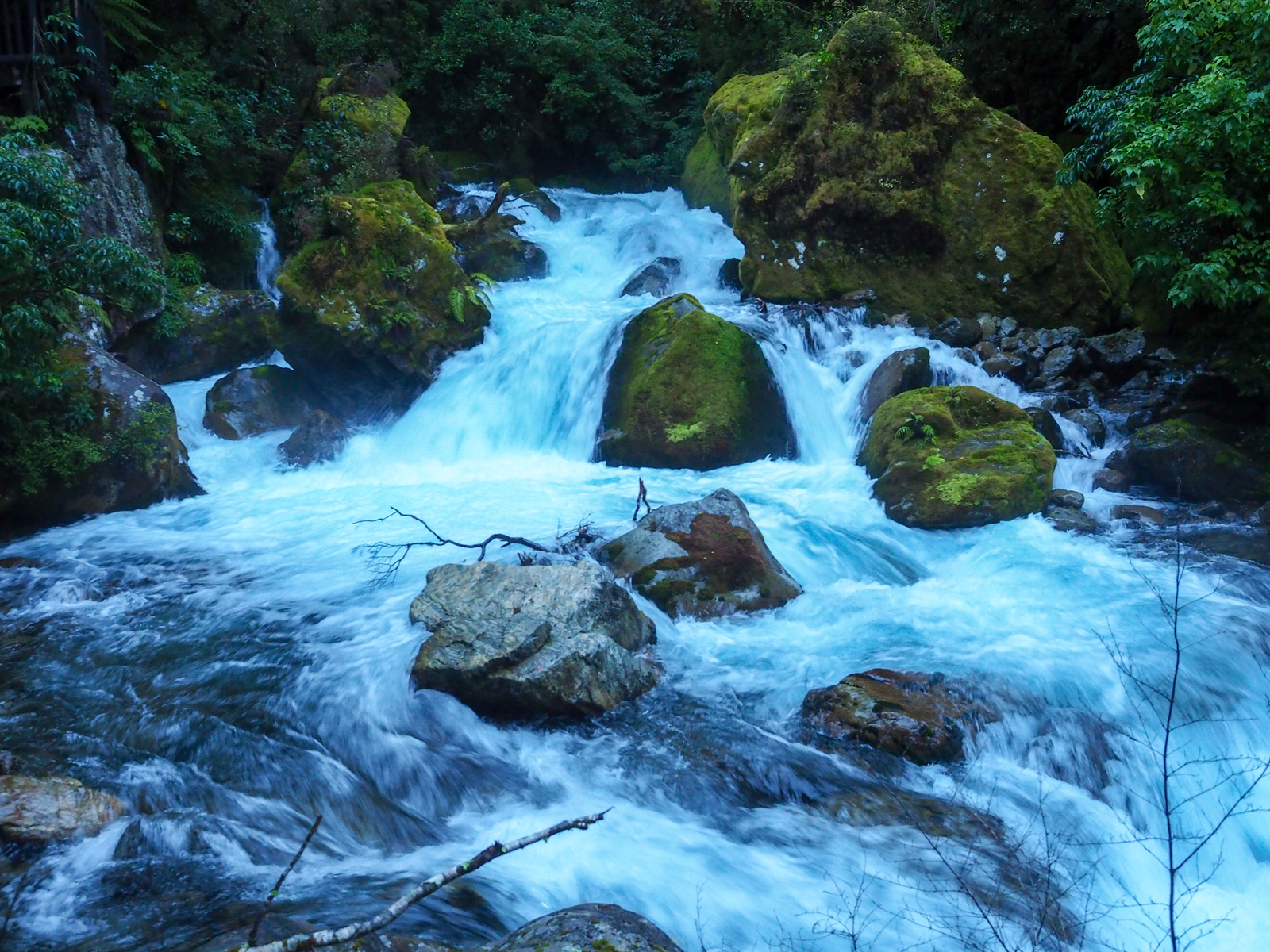
The rest of the trek up to the alpine lake was very difficult. We were practically hiking up empty creek beds, which also meant the path could be hard to follow. There were orange arrows on trees every now and then to help with this.
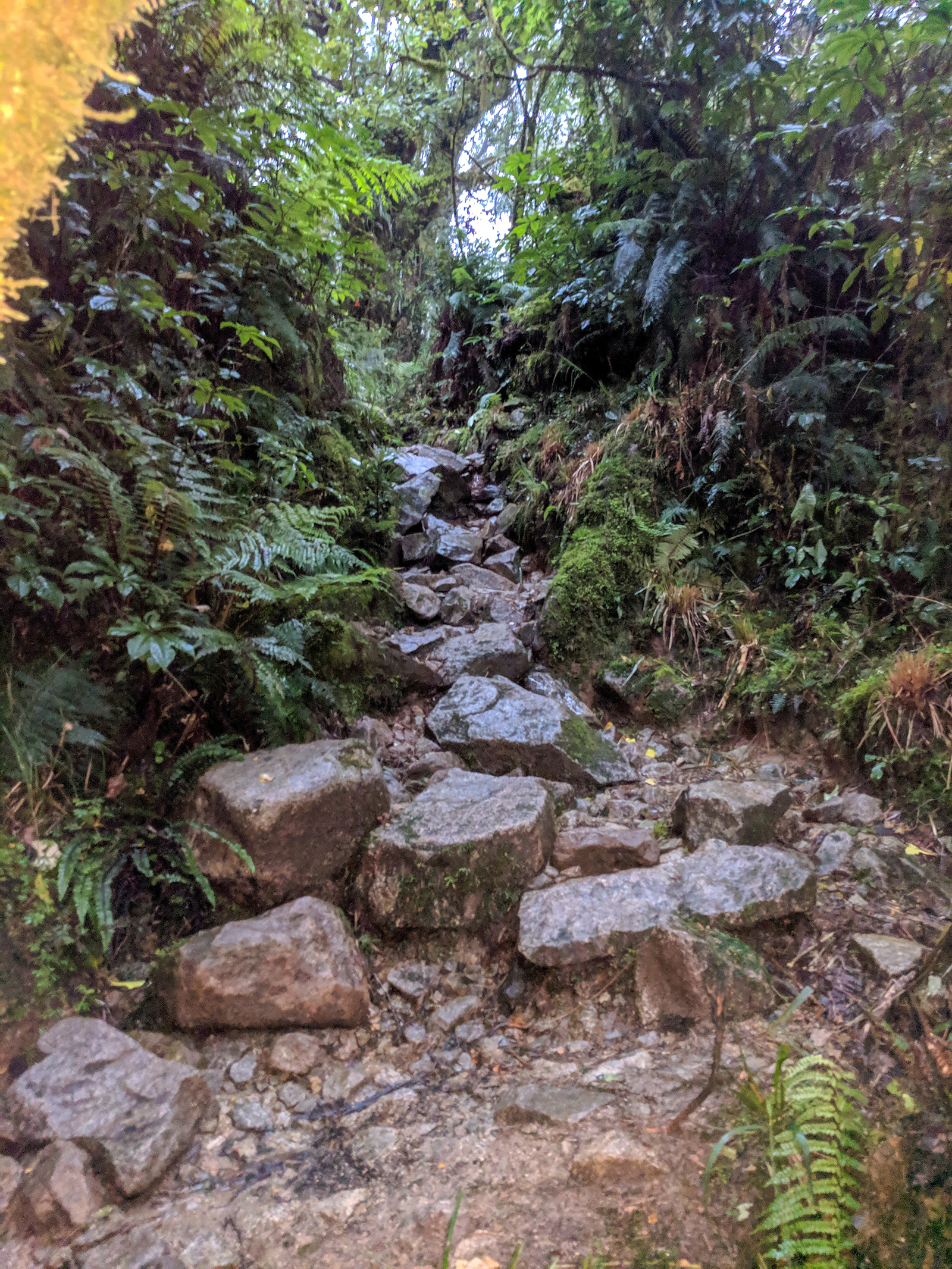
We reached a few clearings, wondering what views we would have if the fog wasn’t so heavy around us.
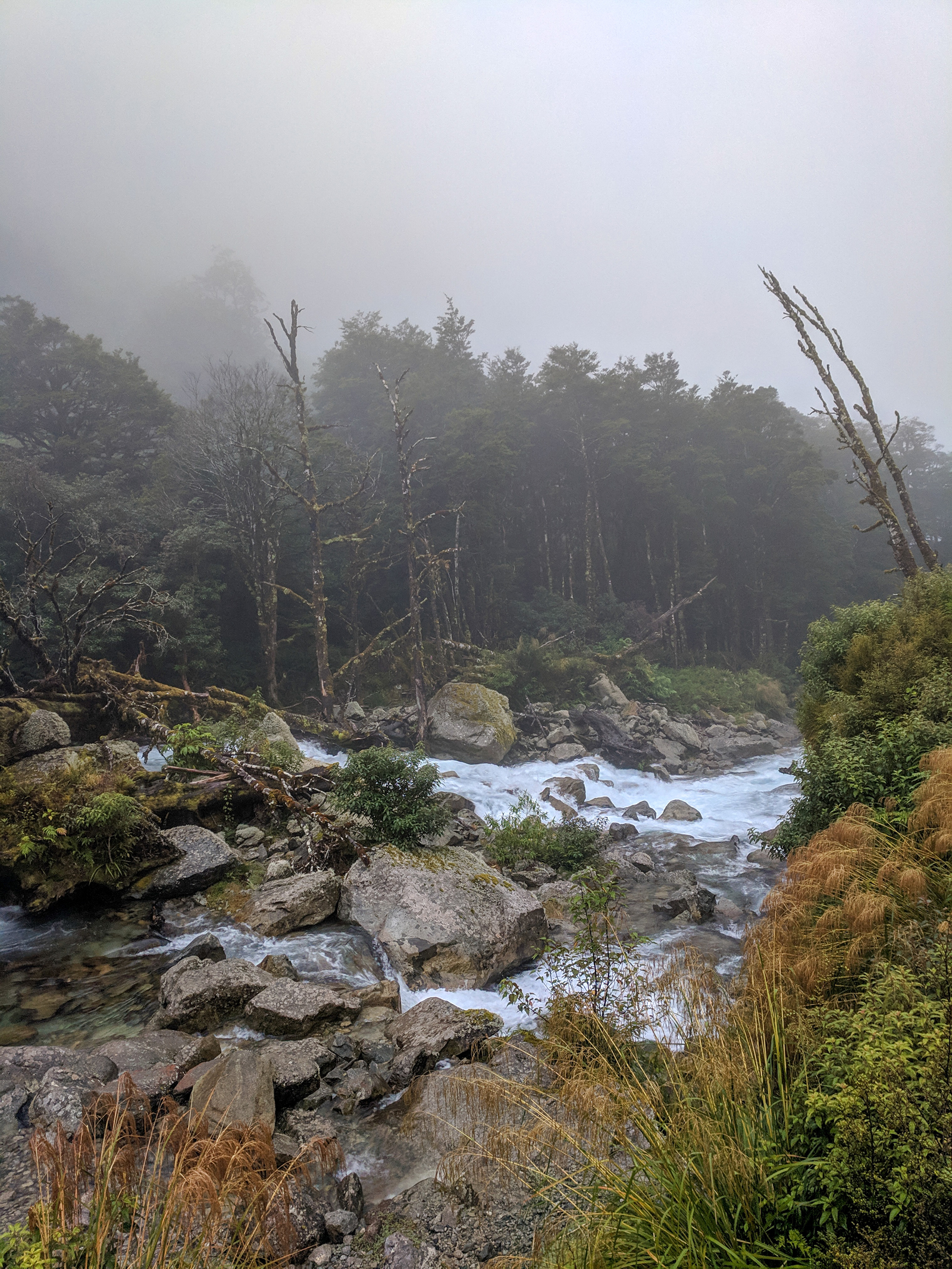
Then we hit some boggy areas. I was not wearing waterproof shoes, so these sections were tricky and required some creativity. I would definitely not recommend wearing shoes you don’t want getting dirty.
We made one last climb, and I heard Anthony ahead of me say “Wow, that’s a pretty waterfall.” I caught up with him and saw… nothing. The dense fog had settled down lower, and all I saw was gray. We came out of the trees, and there was a thin layer of visibility right above the lake water, and a minute later, that was gone as well.
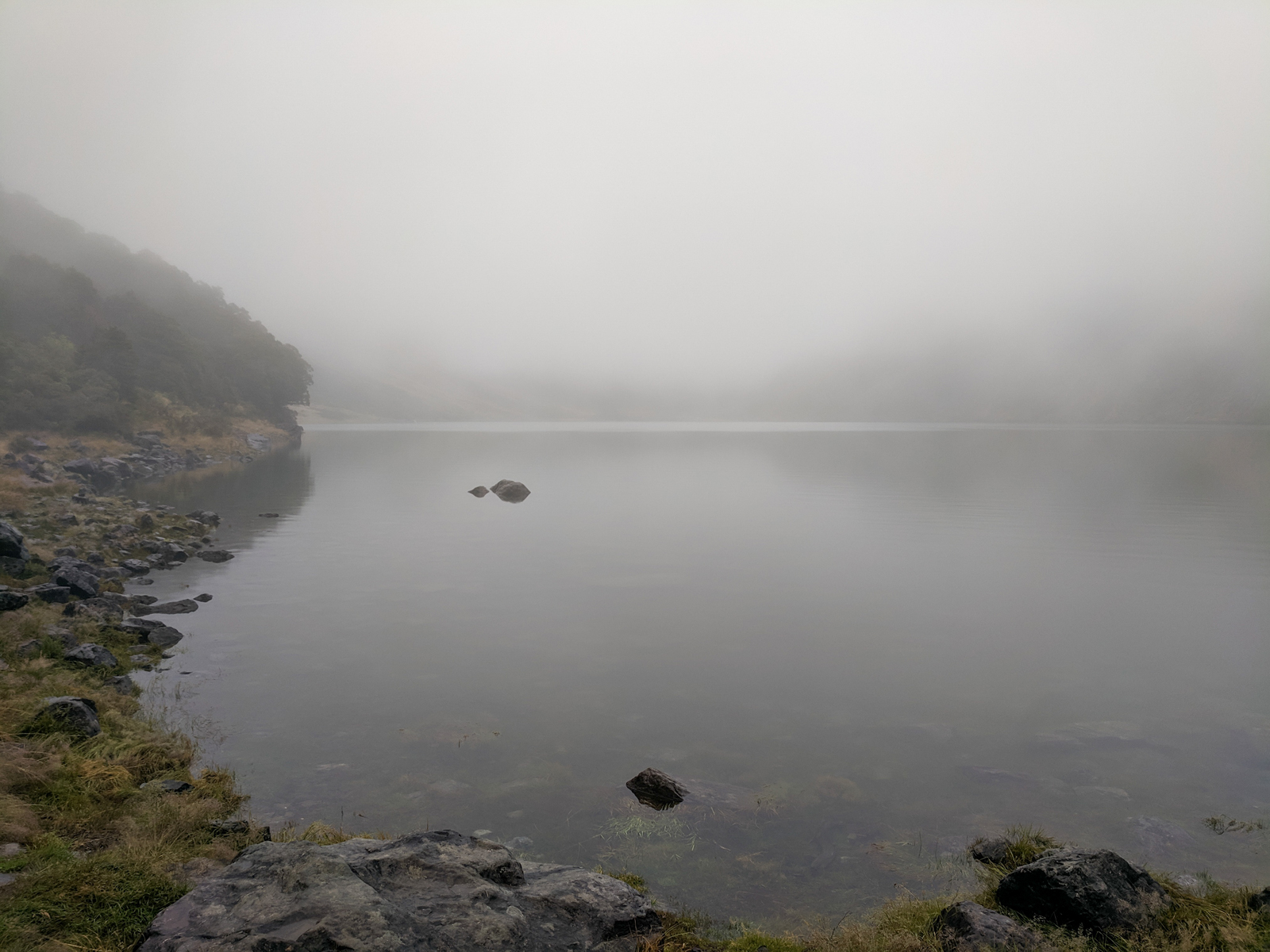
Could not see even a hint of the mountains around the lake. We could hear the waterfall, but not see it. But somehow, it was still a little magical, this feeling of peace and solitude with nothing but birdsong to keep us company.
For comparison, this is what we were supposed to see:
While waiting (unsuccessfully) for the fog to clear, Anthony hopped over to a rock, because why not, and then couldn’t figure out how to safely hop back. I suggested he take off his shoes and socks, roll up his pant legs, and just walk across, but he decided otherwise and leapt over, causing his foot to slip on the rock, and one whole foot and leg to land in the ice-cold water.
Meanwhile, I was pretty covered in water myself just from the mist and dew, so we had a pretty soggy climb back down.
Made more so when I planted my foot right into a muddy bog. We also were watching our footing so much that we lost track of the orange arrows and got lost. We had only seen a couple people on this hike, and they had passed us going the opposite direction about a half hour beforehand, so looking and listening for people wasn’t going to work. I eventually found my way back to the trail after spotting an orange arrow in the distance, and we were sure to watch both our feet and the trees for arrows from then on.
By the end of the hike, I was wet, dirty, had hurt my wrist, had wobbled my ankle slightly, had stubbed my toe, and had not seen a beautiful alpine lake, but the exercise was wonderful, and we were in high spirits anyway.
And that was the end of our Fiordland adventures. We stopped again in Te Anau for baos and groceries and gas, and then it was onward to Queenstown.
